Health Inequalities

COVID-19 has brought health inequalities to the forefront of political thinking. We have seen how the disease interacts with pre-existing disparities in health along gender, ethnic, and socio-economic lines, among others. We have also seen how these factors overlap, resulting in worse health outcomes for those at their centre.
At The University of Manchester, tackling health inequalities is of paramount importance, at regional, national, and international levels. COVID-19 has starkly demonstrated why gaps in health and wellbeing across geography and demography are nothing less than a matter of life and death.
This collection draws together the breadth and depth of expertise available at the University, combining leading academic research with clear, evidence-led recommendations to policymakers. From the intrinsic link between health and wealth, to the role of homes and urban planning in wellbeing, and the role of digital technologies in the future of healthcare, The University of Manchester and Policy@Manchester are providing innovative, research-driven solutions to the health inequalities challenges facing the city, the UK, and the world.

Professor Arpana Verma
Clinical Professor of Public health and Epidemiology, and Policy@Manchester academic co-director

Health for wealth
The link between health inequalities and productivity in northern England
Dr Luke Munford

The ‘Northern Powerhouse’ is “the government’s vision for a super-connected, globally-competitive northern economy with a flourishing private sector, a highly-skilled population, and world-renowned civic and business leadership” and consists of the majority of northern England, including Manchester, Liverpool, Leeds, Sheffield, Hull, Newcastle, and many smaller towns and other cities.
However, the Northern Powerhouse does – on average – worse than the rest of the country with respect to both health and economic outcomes.
One of the major driving factors for the creation of the Northern Powerhouse was to build a joined-up north that could ultimately equal south/south-east England in terms of economic performance and productivity.
Regional differences in health
There are deep-rooted and persistent regional health inequalities within England. People who live in the north tend to have much lower levels of health than their counterparts elsewhere and there is a two-year gap in life-expectancy. One frightening result of this is that over the last 50 years, over 1.5 million northerners have died earlier than if they had experienced the same lifetime health chances as those in the rest of England.
Premature mortality rates in Manchester are 539 deaths per 100,000 population, compared to 241 deaths per 100,000 in Kensington and Chelsea.
It is not just length of life; there are also marked differences in the quality of health between the north and elsewhere. The ‘Due North Inquiry’ into health equity reported that a baby boy born in Manchester can expect to live 17 fewer years in good health than a baby boy born in Richmond Upon Thames. A baby girl born in Manchester can expect to live 15 fewer years in good health than a baby girl born in Richmond.
Regional difference in wealth
As well as stark differences in health, there are also large differences in wealth and other measures of economic conditions. For example, there is a £4 per-person-per-hour difference in productivity (measured using average Gross Value Added; GVA); the average GVA per-worker in the Northern Powerhouse is £28, compared to £32 nationally. If productivity in the Northern Powerhouse increased to match the UK average, it would equate to a potential £44 billion real terms gain to UK GDP.
The Northern Powerhouse also has lower levels of economic activity rates (implying higher rates of unemployment and economic inactivity), and even when in employment the average annual earnings in the Northern Powerhouse are 10% lower than the rest of England.
The relationship between the two
Given that both health and wealth are lower in the Northern Powerhouse, a natural question to ask is “Are these things connected?” with a follow-up question being “If we reduce the differences in health, will we benefit from higher productivity?”
In our recent report, funded through the Northern Health Science Alliance (NHSA), we answer exactly these questions.
First, at a local authority level, we show that there is a strong association between morbidity (ill health) and measures of economic performance (including GVA, employment rate, and the weekly wage). Decreasing the number of people with ill-health by 10% in the Northern Powerhouse will:
- increase rates of economic activity by 4 percentage points; the corresponding figure for the rest of England is 2 percentage points
- increase productivity by 4%; the corresponding figure for the rest of England is 0%
The economic gains associated with improved public health are much larger in the Northern Powerhouse than the rest of England.
Second, we show that increasing NHS budgets in the Northern Powerhouse by 10% will:
- increase the rates of economic activity by 3 percentage points (compared to 2 percentage points in the rest of England)
- increase productivity by 0.7% (compared to 0.4% in the rest of England)
Again, the returns are much larger for increases in NHS budgets in the Northern Powerhouse compared to the rest of England. These results, however, must bear in mind that average NHS spending is already higher, on average, in the Northern Powerhouse than elsewhere.
Finally, by analysing what causes the difference in productivity between the Northern Powerhouse and the rest of England, we show that around 30% of the productivity gap (of £4 per-person-per-hour, or £44bn per-year) can be attributable to worse health in the Northern Powerhouse. If we were to eradicate this gap, and make people in the Northern Powerhouse as healthy as their compatriots, a further £13.2bn could be added to UK GDP.
"The economic gains associated with improved public health are much larger in the Northern Powerhouse than the rest of England."
How to bridge the gap?
Throughout this report we make a number of recommendations to central government and regional stakeholders in the Northern Powerhouse. A selection of these is presented below.
Central government
- To improve health in the north by increasing investment in place-based public health in Northern Powerhouse local authorities.
- To improve labour market participation and job retention amongst people with a health condition in the Northern Powerhouse. For example, people with long-term conditions could be given extra assistance to enable them to maintain their job. This could include different working arrangements, easier availability of necessary equipment, and greater flexibility.
- To increase NHS funding in the Northern Powerhouse – to be spent on prevention services and health science research. The increases in spending could be brought about by, for example, giving a higher weighting to deprivation measures.
- To reduce economic inequality between the north and the rest of England by implementing an inclusive, green industrial strategy.
Northern Powerhouse local and regional stakeholders
- Health and Wellbeing Boards and the emerging NHS Integrated Care Systems should commission more health promotion, condition management and prevention services.
- Local Enterprise Partnerships, local authorities and devolved northern regions should develop locally tailored ‘health-first’ programmes in partnership with the local NHS and third sector providers.
- Local Enterprise Partnerships, local authorities and devolved Northern regions should scale-up their place-based public health programmes across the life course: ‘starting well’, ‘living well’ and ‘ageing well’.
- Local businesses should support job retention and health promotion interventions across the Northern Powerhouse workforce and northern city regions and northern NHS integrated care systems should lead by example.



The Child of the North
Building a fairer future after COVID-19
Dr Luke Munford, Professor Pamela Qualter, and Professor Matt Sutton

A new report from 40 leading Northern academics, including nine from The University of Manchester, produced by the NHSA and the N8, outlines the inequalities that were already facing children in the North, and how COVID-19 has exacerbated them. Child of the North: Building a fairer future after COVID-19 makes clear recommendations to policymakers to (1) tackle the effects of the pandemic in the North, and (2) address the underlying problems that already existed.
The report highlights that during the COVID-19 pandemic, children living in the North of England:
- faced worse health and education outcomes than those in the rest of the country;
- missed more school, with estimated negative impacts on lifetime earnings;
- reported higher levels of loneliness and poor mental health; and
- faced higher levels of both relative and absolute poverty due to illness, long-COVID, and job loss as the economic shock sinks in.
Even before the pandemic, children in the North experienced worse outcomes than the rest of the country, with higher levels of poverty and poor health, and there were fewer resources available to support young children and their parents and carers.
What have we found?
The report, with colleagues from across the North of England, looks at a wide range of factors, from child poverty to children in care, to build up a picture of ‘The Child of the North’. It paints the portrait of a child facing worse economic and health outcomes compared to the English average, with impacts that will be felt across their lifetime. While we have split the health and economic impacts below, it is important to remember that poor health will affect economic productivity, and vice versa.
Health impacts
During the pandemic, children in the North were lonelier than children in the rest of England. 23% of parents in the North reported that their child was ‘often’ lonely compared to 15% in the rest of the country. Their parents and carers were also more likely to have often been lonely during the first lockdown: 23% in the North compared to 13% in the rest of England. The mental health conditions that children in the North developed during the pandemic could cost an estimated £13.2 billion in lost wages over their working lives.
And before COVID-19, Northern children were more likely to be in care. Of the 26 local authorities with more than 100 children per 10,000 in care, 21 are in the North. The region also saw much larger cuts to Sure Start children’s centres; an average of £412 per eligible child in the North, compared to £283 in the rest of England.
Economic impact
Children in the North face a lifetime loss of earnings of around £24.6 billion, due to loss of learning experienced during the pandemic – only 14% of Northern children received four or more pieces of offline schoolwork per day, compared to the English average of 20%. In particular, pupils in the North East and Yorkshire and Humber lost 4-5 times more learning in primary maths compared to areas in the South of England (4.0 and 5.3 months’ learning loss respectively, compared to less than a month in the South West and London).
Before the pandemic, the North had child poverty rates of 27%, compared to 20% in the rest of England. Children in the North have a 58% chance of living in a local authority with above average levels of low-income families, compared to 19% in the rest of England. Children from an ethnic minority, who represent 1 in every 5 children in the North, are more likely to live in a deprived area than children from an ethnic minority in the rest of England.
What can we do?
Alongside the other report authors, we have set out recommendations to tackle the inequalities suffered by children during the pandemic and beyond. Broadly, these can be split across two themes: (re)investing in welfare and health services; and improving and learning from best practice to identify and support the most vulnerable. Crucially, all interventions have to be at place-level, to account for the sharp disparities found between and within cities and towns.
Funding and (re)investment
Government investment in welfare, health, and social care systems that support children’s health must increase, particularly in the areas most affected by COVID-19. This will involve rapid, focussed investment in early years services, such as the Health Improvement Fund, including health visiting, family hubs and children’s centres – as supported in the Leadsom review – but with investment proportional to need and area-level deprivation adequately accounted for.
Prioritise support to deprived areas by increasing the spending available to schools serving the most disadvantaged pupils. This requires a reversal of the current approach which will deliver 3–4 percentage points less funding to schools in poorer areas relative to those in more affluent areas.
State welfare should be expanded to tackle child poverty. Child benefits, child tax credits, and the child element in Universal Credit must all increase. Alongside this, introduce universal free school meals, make the Holiday Activities and Food Programme scheme permanent, and extend it to support all low-income families. Promote the provision of Healthy Start vouchers to all children under five years, and make current government food standards mandatory in all early years settings.
The government should also invest in and develop a place-based monitoring system for understanding the longer-term health impacts of the COVID-19 pandemic on children and parents. Achieving this will involve changes in the way data are collected, aggregated, and published, with a greater focus on routinely evaluating the impact of COVID-19 on children across different localities. Area-level measures of children’s physical and mental health should be developed to better understand place-based inequalities.
Targeted support should then flow to families where needed, including outreach services more closely tailored to the needs of vulnerable parents. Embedding Equity Impact Assessments in all policy processes will greatly aid in this.
Improving and learning from best practice
Commissioners of maternity and early years services must consider the impact of pandemic-related service changes on inequalities in families and children’s experiences and outcomes, and factor this into service delivery during the recovery. NHS England and the Office for Health Improvement and Disparities should adopt a public mental health approach that includes a focus on mental ill health prevention early in the life-course, recognising the importance of early detection and prompt access to professional treatment.
More research should be undertaken into the relationship between child health and economic performance, so that we understand the causal pathways between those in order to identify entry points for policy.
Meanwhile, there must be support for educational settings to initiate earlier interventions. Teachers and early years professionals see many of the first indicators of children’s risk and vulnerabilities. Prioritising strong pupil and staff relationships and collaboration with parents/carers will ensure a firm foundation for meeting children’s needs, and for a return to learning.
Address the uneven geographic distribution of children’s residential care, including secure provision, in order to reduce the disproportionate burden on the North. An impact assessment of the disproportionate costs to a range of services in the North due to the number of children with complex care and support needs, is needed and long overdue.
Promoting and expanding the Race Disparity Audit, sharpening the focus on children and drawing on disaggregated data by region. Ethnicity should be included in all national public health data collection systems, including child and maternal health datasets.
In public services and decision-making roles – particularly leadership positions – there must be specific recruitment targets and campaigns to improve the representation of ethnic minority staff, as well as greater transparency on the diversity of workforces. 1 in 5 children in the North are from an ethnic minority, and this must be reflected in the services that support them.
Summary
The problems faced by the Child of the North are not necessarily unique to the region – but they are far more starkly demonstrated there than anywhere else. This report, its findings, and its recommendations are not intended to disparage efforts to reduce inequalities across the UK, but to provide an evidence-based approach to tackling the problems where they present themselves most harshly. The UK Government has committed to ‘levelling up’ the country’s most deprived areas – the North is the place to start.


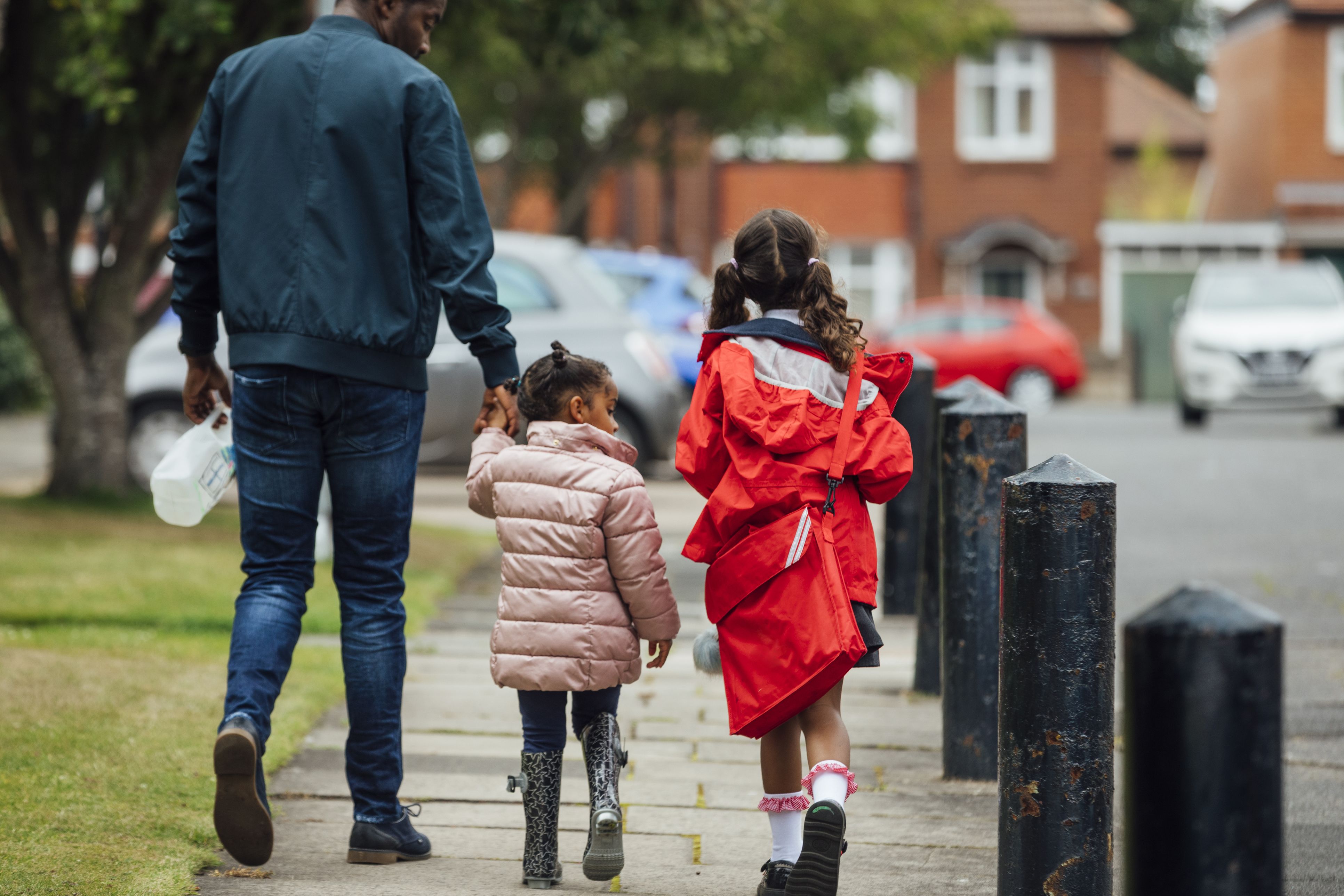
How the digital healthcare revolution leaves the most vulnerable behind
Professor Arpana Verma, Dr Claudia Pagliari, Dr Omer Ali, and Dr Elizabeth Dalgarno
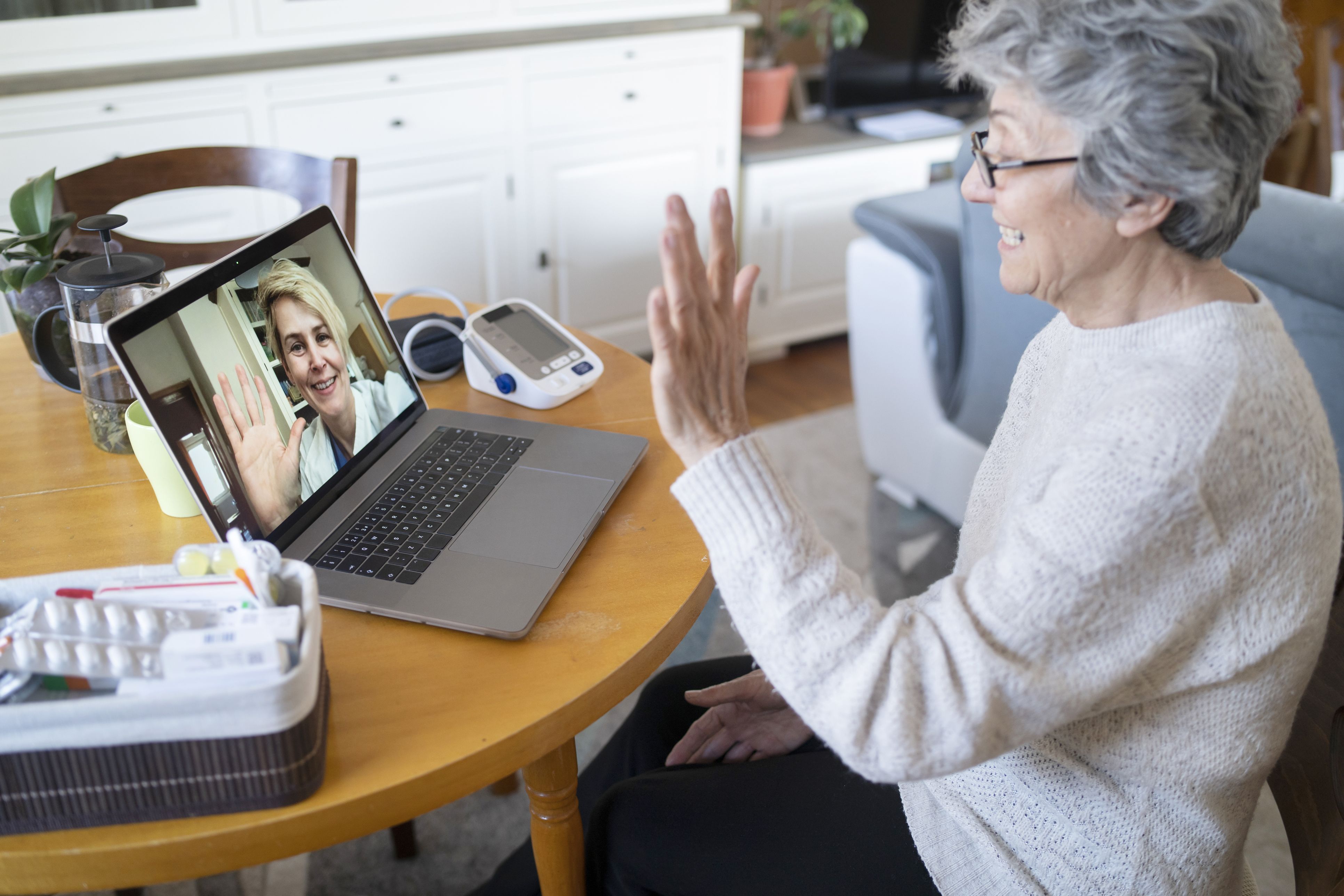
The COVID-19 pandemic has driven many of our activities online – including healthcare. While the digital revolution in the NHS has brought many benefits, further shifts such as remote consultations and monitoring during the pandemic, have the potential to leave people behind. Now, more than ever, digital skills are needed to navigate the world, especially while social distancing and restrictions mean that we spend more of our time online, but for many people this is not possible. The UK government aims to transform patient outcomes through technology, but does this benefit everyone equally? And who is left behind?
Digital access is not enough
Ensuring the whole population has access to the internet is vital in the technological age, yet access to digital services in the UK is deeply uneven. Currently, 4% of UK households do not have Internet access, 3.8 million people (7% of the population) have never used the Internet, and 9 million cannot use the Internet unassisted. The older and more deprived you are, the less likely you are to be digitally engaged, with lower socioeconomic groups more likely to face barriers to getting online and less likely to have the skills to use digital devices. People with disabilities are also less likely to be online. We know that these groups are disproportionately affected by ill health and are at more risk of complications related to COVID-19 and to suffer from social isolation – these differences have only been highlighted further by the pandemic. In light of this, the NHS should measure the use of digital health services by these groups and how this impacts on access to healthcare; after all, they are the biggest users of healthcare services. Digitisation of patient-facing services in the NHS needs to explicitly include strategies to engage these groups and ensure health inequalities are not widened even further.
The importance of access to the Internet is reflected globally in the United Nations (UN) Sustainable Development Goals (SDG 17.8). However, access is of no use if people don’t have the skills to make best use of the internet.
Improving digital skills in the clinically vulnerable
Digital literacy can be enhanced by targeting the most vulnerable with mass digital literacy programmes. This could be done through expanding projects such as the NHS Widening Digital Participation Programme which delivered digital skills training through local hubs working together with councils, libraries, community groups and volunteers thanks to a collaboration between the NHS and the Good Things Foundation. Scaling up this network further could help reach the estimated 23.5 million who have low to very low digital engagement according to the Consumer Digital Index.
Targeted skills training could begin by identifying clinically extremely vulnerable and shielding groups. They are at high risk of complications related to COVID-19 and isolation related to social and digital exclusion. This could also be led on a locality level such as the Greater Manchester Digital Inclusion Taskforce. This will allow for targeted skills training for those most in need. We should bear in mind that many older adults do use the Internet successfully and as many as 26% of those aged 70-79 consider themselves digitally skilled.
Ethical questions in digital healthcare
As we increasingly move more of our health services online, we should also consider the ethical implications: could we be widening health inequalities by moving more of our health service online? Is the increasing trend towards remote monitoring necessary? Who owns the data that is collected and how is privacy safeguarded? Will it result in a better experience of care and better treatment or will it compromise patient safety?
We must recognise the privacy concerns of patients. According to the Information Commissioner’s Office, healthcare accounts for the most personal data breaches, making up 19.7% of the total. Concerns around privacy became particularly prominent in the wake of the failed Care.data launch in 2013, along with more recent concerns surrounding the Test and Trace app. There is a growing concern around whether digital interventions can maintain the same level of ethical principles afforded to patients prior to these digital innovations. Respecting autonomy or ‘self-rules’ may not be achievable if individuals are implicitly coerced into accepting these changes against their will. Healthcare should be justly available to all and ensure access to care with digitisation is equal. Furthermore, it is those with the least digital literacy that we often exchange the most information about, such as those on the shielding list or in social care. This raises questions of power and control and whether digitisation and data sharing always really empowers the individual.
Digital literacy should not be viewed on its own – it intersects with many other aspects of health, and health literacy often overlaps with digital literacy. People with low literacy are more likely to experience increased hospitalisation or death and less likely to engage with preventative health, which is why health literacy campaigns need to run alongside digital literacy campaigns. Additionally, often the facilities available to people locally dictate what support and services they can access; ensuring there are facilities with free digital devices and support on how to use them, should be prioritised so that nobody misses out, including during lockdowns.
Digital, health and financial literacy
The pandemic has highlighted the gap in achieving equal access to education for children who do not have digital devices and we know that education and health are intrinsically linked. We also know that globally there is a gender digital divide, with girls and women having less access to technology and the Internet. Without a combination of digital, health and financial literacy it will be very difficult to break out of a cycle of poverty and ill health. To study the best ways to tackle this and co-produce a solution with local communities, we are working with communities in Doncaster, West Cheshire and Manchester alongside academics from across the country to identify research questions that matter most to them and co-produce solutions to the above. We hope that by taking a collaborative approach we will be able to achieve lasting solutions that work for the most deprived communities in our towns and cities.
Digitising health services should be more than just putting services online. Many communities will require access to free-to-use digital devices, the Internet, and active support, and it is likely that a large campaign will be needed to improve digital literacy for all. Particular attention should be paid to ensuring that an ethical approach is taken and patients and the public are involved in leading the design of digital health projects, to ensure their specific needs are met.
This article was originally published in On Digital Inequalities, a collection of thought leadership pieces on how to address the inequalities we are seeing in the digital space, published by Policy@Manchester.

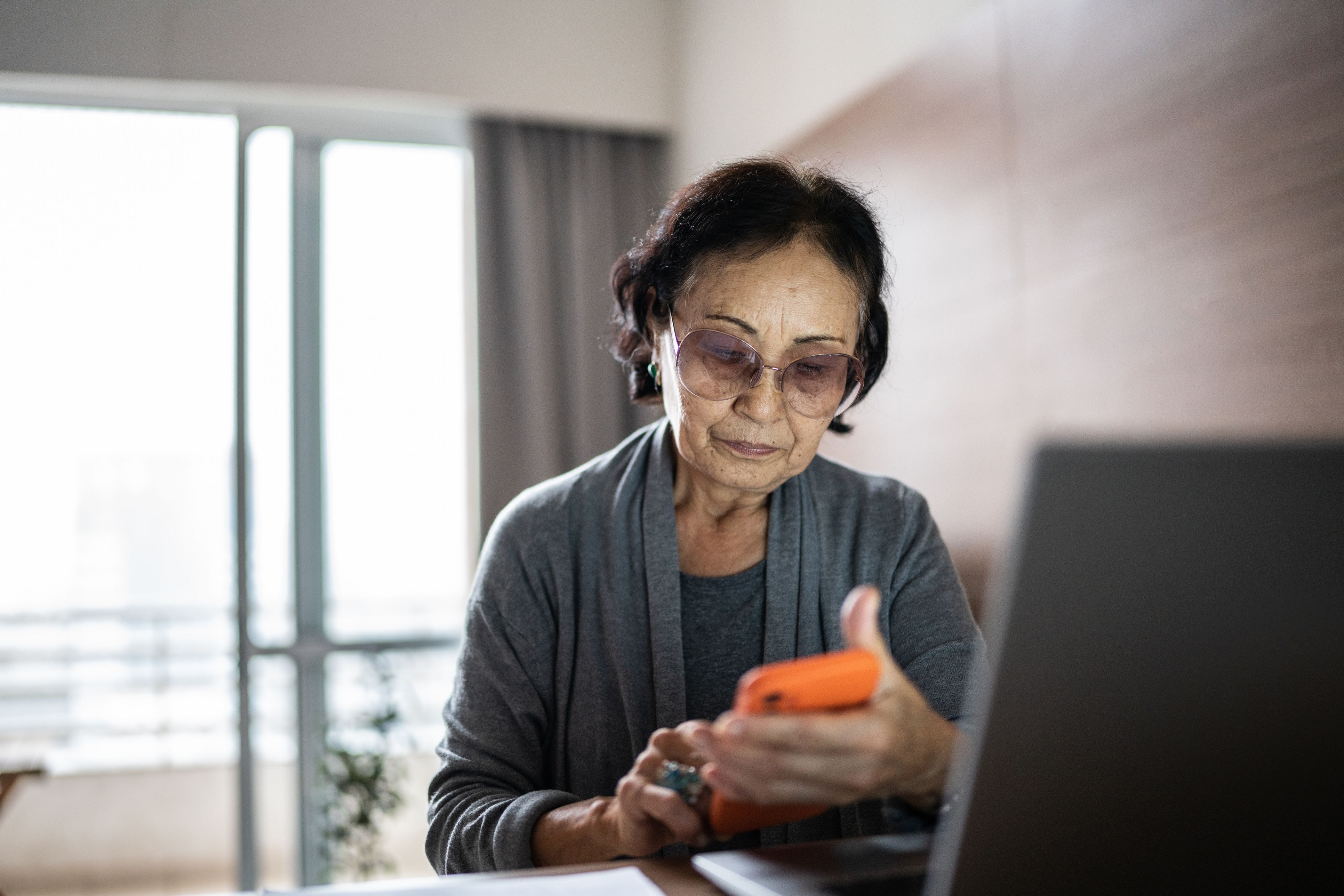

How inequalities are affecting the response to COVID-19
Nasima Begum, Professor Arpana Verma, and Dr Bella Starling
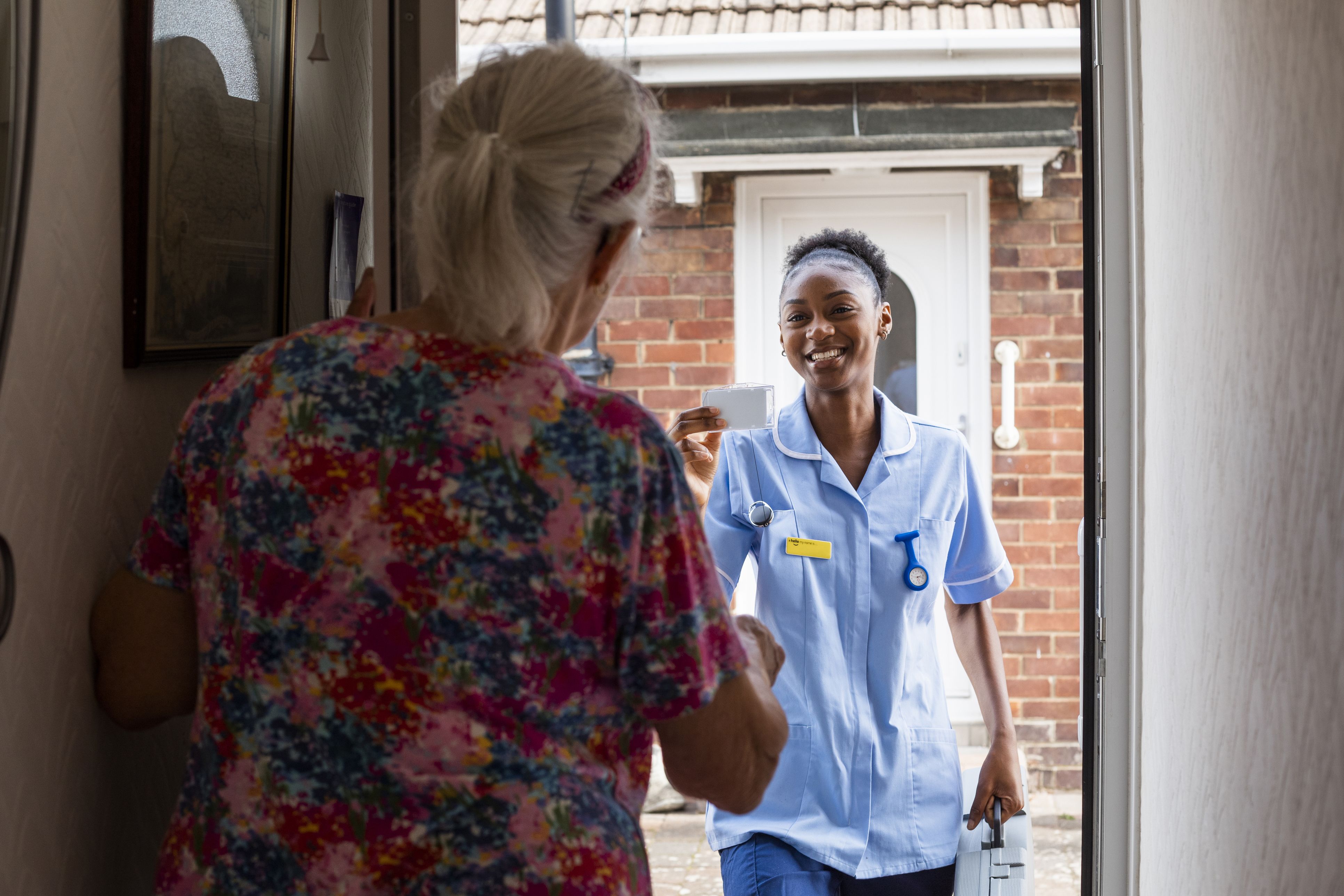
Emerging data show that nearly 35% of people who are critically ill with coronavirus are from Black and Asian backgrounds. This is higher than the 13% of the UK population who identify as from Black, Asian and ethnic communities in the last Census. While some factors might explain this higher proportion – for example, COVID-19 has primarily affected urban areas, including local authority wards with large, ethnically diverse populations – based on this current data, Black people are significantly more likely to be critically ill with COVID-19 when taking account of local demography.
"Nearly 35% of people who are critically ill with coronavirus are from Black and Asian backgrounds."
Those with ‘underlying health conditions’ have been shown to be at risk of more severe cases of COVID-19. BBC News have reported that nine out of ten COVID-19 deaths recorded by the ONS so far have featured underlying health conditions. In this context, it is imperative to recall that ‘underlying health conditions’ are often associated with those that are already marginalised or living with protected characteristics. For example, diabetes is associated with higher risk of COVID-19. At the same time, people of South Asian origin are up to six times more likely to develop Type 2 diabetes than the general population in the UK. Such correlations may account for some of the greater numbers of hospitalisations being seen in ethnic communities, though further evidence and analyses are required.
"Nine out of ten COVID-19 deaths recorded by the ONS so far have featured underlying health conditions".
There is also increasing evidence of a gendered aspect to COVID-19 risk. Men are more severely affected than women, according to mortality data. In this case, it is important that this disparity, occurring as it does along the lines of a protected characteristic, are taken into account when creating policy responses and the development of clinical practice.
Access to care and treatment
Evidence shows that in some conditions people present differently for care. LGBT communities, for example, are less likely to access healthcare. In cancer, Black, Asian and ethnic communities present later, at a more advanced stage of disease. Awareness and help seeking behaviour is low across all ethnic groups, with the lowest awareness in the Black African group. Access to screening, and the location of COVID-19 screening facilities, is therefore vital and needs to be inclusive of areas where different communities are located.
Great strides have been made in supporting the move to remote healthcare consultations and online interactions during the coronavirus outbreak. However, access to technology is unequal. Those in manual occupations and the unemployed have lower rates of smartphone use: 67% in lower (e.g. DE) socioeconomic groups and 86% in higher (eg. AB) socioeconomic groups (in 2018). In addition, little is known about attitudes and acceptance of telehealth methods amongst diverse groups. Take diabetes again, for instance; low participation rates of ethnic diabetes patients have been reported in systematic reviews focusing on telehealth interventions, and the ethnic composition of studies is often unreported.
Workforce(s)
Those in public services and the service industry, who work with large numbers of the general public, are at greater risk of exposure to COVID-19. Their numbers include high rates of Black, Asian, and working class members. According to a recent report, BME individuals account for 21% of all NHS staff; 20% of nursing and support staff and 44% of medical staff. Tragically, as of 22nd April [2020], they also account for 63%, 64% and 95% of deaths in the same staff groups. In addition, 50% of health and social care workers who have died were born outside the UK, compared to a reported 18% of NHS staff.
The same report highlights that women are in higher numbers in this dataset (contrasting with the dominance of men infected or admitted to intensive care). Taken together, these data might suggest that the burden of, and risks associated with formal care during the outbreak (and perhaps also the burdens of informal care: community volunteering, homeworking and home-schooling) fall more to women, ethnic and migrant groups, reinforcing societal inequalities.
Society and communication
In the early stages of the outbreak, an Ipsos MORI poll showed that casual racism was becoming apparent: 14% of those surveyed would avoid people of Chinese appearance. Should any prejudice arise against those who have had COVID-19 (once testing is more firmly underway), how can we guard against such prejudice being experienced by people with protected characteristics, if COVID-19 incidence remains higher among these groups?
People with limited financial and social resources are more likely to have limited health literacy, and we know that people from different backgrounds and protected characteristics seek health information through a variety of different and culturally specific media. The majority of mainstream health reporting is dominated by White voices, which may be a ‘turn-off’ for some communities seeking information about coronavirus, and social media can often provide incorrect information.
More widely, outside of the regulated systems of NHS patient and professional interactions, the wider move to increased online communication during this pandemic needs to be conscious of accessibility and language, as well as historical and recent targeting of people with protected characteristics online.
Finally, the language around COVID-19 and ‘underlying health conditions’ can be damaging. Language, and all its nuances, has power that goes beyond the speaker. It can guide our thinking and behaviour, providing a backdrop to what might be considered ‘normal’ or acceptable. So, when, probably through no ill-intention, narratives emphasise the serious risk of dying from COVID-19 ‘mainly’ amongst those with ‘underlying health conditions’, these can lead to the consideration that there are members of society who are considered to be more disposable than others. A recent editorial commented how labelling causes stigmatisation and public health should focus on reducing the stigma associated with COVID-19 to “inform immediate and long-term strategies to build empathy and social justice in current and future pandemics”.
Keeping inequalities central to the COVID-19 response
It is clear that COVID-19 is exacerbated by social inequalities, with marginalised groups often at most risk of contracting the illness and their illness more likely to be severe. Research, policy and practice needs to quickly adapt to this fact, and put social, gender, racial and access inequalities front-and-centre in our response.
With that in mind, we propose the following steps to help in this effort to ensure that we leave no one behind;
- Better understanding of the patient experience of COVID-19 in those with protected characteristics, and investigations into the biological, medical, or sociological factors. NIHR and UKRI have responded to the emerging data with a funding call to explore the association between ethnicity, COVID-19 incidence, and adverse health outcomes. This is to be applauded, demonstrating agility and flexibility in signalling the importance of this research as quickly as possible. Interdisciplinary research could further strengthen the evidence base.
- Coronavirus research (including research priorities, planning, design and implementation) must be inclusive of people and patients including those with protected characteristics. NIHR has demonstrated leadership through its commitment to working in partnership in research with patients, communities and the public (public involvement, engagement and participation) during the pandemic in line with the UK Public Involvement Standards.
- COVID-19 related research needs to capture as much data as possible so as to be able to carry out subset analyses. There is an important role for ethics committees in ensuring that this can be carried out.
- Engagement with COVID-19 and related research, whilst supporting vital public health messages, needs to be imaginative, creative and inclusive in its reach, with appropriate translations as a minimum. Learning from how science communicates and listens to less well heard communities might be helpful here, as is keeping online safeguarding high on the agenda.
Learning from existing good practice that places health inequalities at the heart of translational research. For example,
- The Health Inequalities Steering Group supports the Manchester Biomedical Research Centre and Clinical Research Facilities to be conscious of, and address, health inequalities through its research
- Applying the Health Inequalities Assessment Toolkit to translational research
- Research advisory groups that focus on those with protected characteristics – e.g. The Public Programmes Team’s: Black Asian Minority Ethnic and Refugee research advisory group, Voice Up (Young People’s Research Advisory Group), and Deaf Experts by Experience
- Programmes of work focused on health inequalities including (but not limited to) the Manchester Urban Collaborative on Health, i3HS Hub, Division of Population Health, GM ARC, Health Innovation Manchester, GM Patient Safety Translational Research Centre, the Manchester Biomedical Research Centre and Manchester Clinical Research facility.
Finally, we look forward to the results of the Parliamentary inquiry into COVID-19 impacts on those with protected characteristics, to which we have submitted evidence, and hope that these lessons can be learned in time to mitigate the risks and ensure we leave no-one behind.
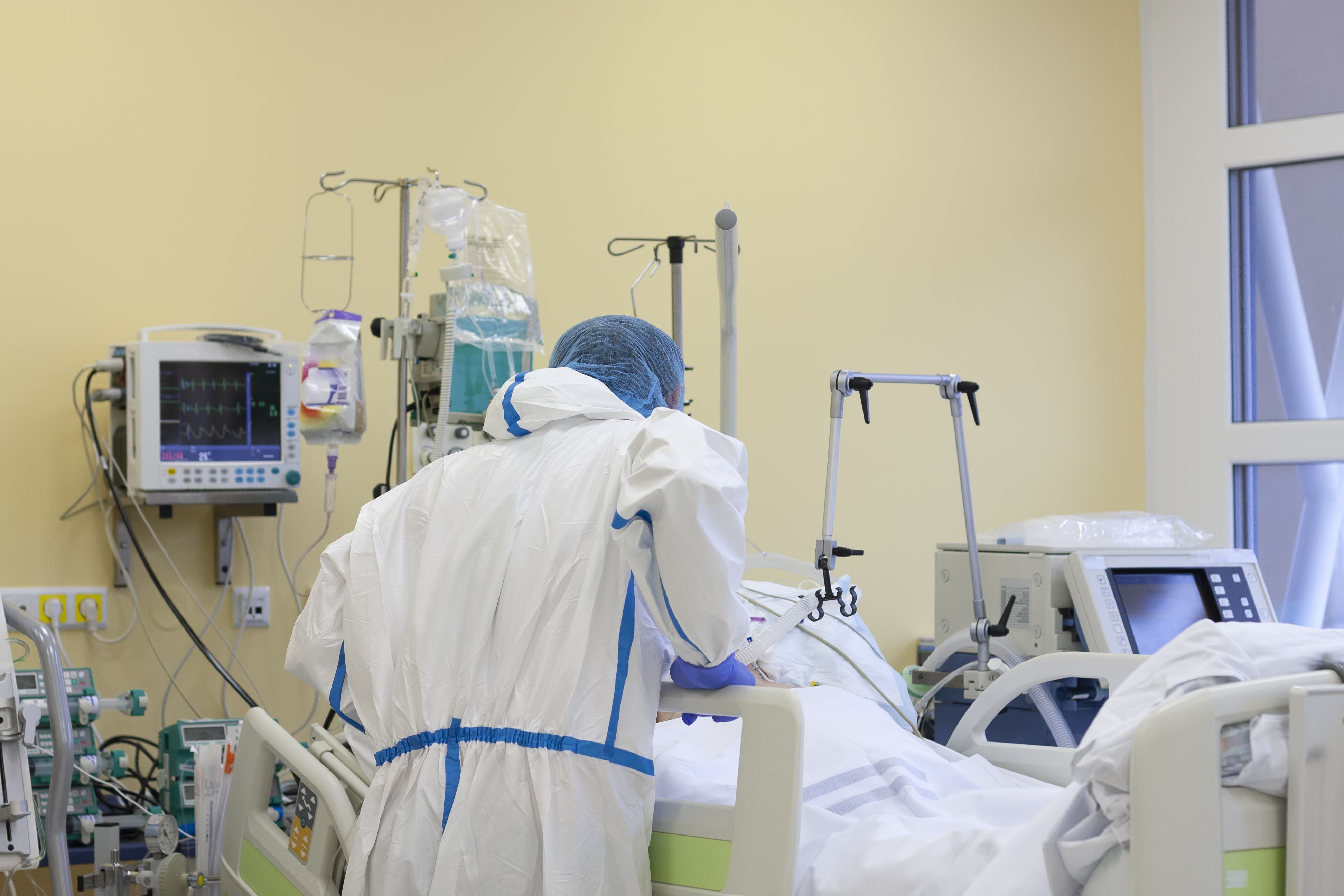

Black mental health matters
Time to eradicate long-standing ethnic inequalities in mental healthcare
Jamal Alston, Dr Henna Lemetyinen, and Professor Dawn Edge

Health inequalities are unjust and preventable disparities in access to care, experience, and outcomes between different groups of people. At local, national, or global levels, inequalities in physical and mental healthcare are influenced by ‘social determinants’ such as age, socio-economic status, and ethnicity.
In the UK, individuals from Black, Asian, and Minority Ethnic (BAME) backgrounds experience ‘varied and pervasive’ inequalities in mental health and wellbeing. We use ‘BAME’ here due to its familiarity. However, we recognise and urge others to reflect on how agglomeration of vastly different experiences can obfuscate meaning. One of the most consistent UK research is elevated rates of schizophrenia and related psychoses among people of Black African and Caribbean backgrounds, including those of ‘Mixed’ heritage, compared with White British peers.
No single cause accounts for these differences. Comparative studies have not found similar rates of morbidity in Caribbean countries like Jamaica, Barbados, and Trinidad. Racism, discrimination, migration, social and economic disadvantage are among contributory risk factors. Additionally, Black people’s inferior care (e.g. disproportionate rates of death in service and detention under the Mental Health Act) has led many observers to conclude that mental healthcare in the UK is institutionally racist, a position endorsed by the Royal College of Psychiatrists.
Tackling ethnically-based inequalities: ‘Too hard to do’?
Ethnic inequalities in mental healthcare appear intractable, despite a National Health Service (NHS) founded on the principle of equity and numerous policies and practice guidelines to tackle disparities. After several decades of such strategies, research indicates that Black people continue to be less likely than other ethnic groups to receive timely diagnosis, treatment, and support. Instead, their experiences of mental healthcare is characterised by negative care pathways, often involving the police, and more coercive forms of treatment such as forcible injection of psychotropic medication and being held in isolation.
Black and other UK ethnic minority service users rarely receive culturally-sensitive care. For instance, faith and spirituality (which can buffer symptoms of distress and support recovery) are too often regarded as “irrelevant, harmful, and pathological” by practitioners. People of African and Caribbean origin are also less likely to receive psychological therapies. Those who do, report that their lived experiences and explanations for their difficulties are rejected, nullified or reframed as evidence of illness – particularly when these involve racialisation. Perceptions of practitioners’ lack of empathy and/or cultural awareness have detrimental effects, reinforcing mistrust and increasing the likelihood of disengaging from services; thus further increasing inequalities in access to evidence-based care.
Although various organisational bodies, such as the Royal College of Psychiatrists and NHS England, recommend culturally-sensitive care, there currently exist no clear national guidelines or regulatory standards for what evidence-based culturally-sensitive care looks like or how it can be implemented and evaluated. Research findings on the role, implementation, and results of ‘cultural-competency training’ in UK healthcare settings are ambiguous. Addressing consequential gaps in service provision is essential to tackling mental health inequalities that relate to ‘race’ and other Protected Characteristics as defined under the Equality Act, 2010.
Community Partnered Participatory Research (CPPR): A way forward?
The National Institute for Health and Care Excellence (NICE) highlight the urgent need to develop evidence-based, culturally-informed talking therapies to bridge the treatment gap experienced by the UK’s minority ethnic populations.
In response, people diagnosed with schizophrenia (and related psychoses), their families, healthcare practitioners, and community members have collaborated with us to co-produce Culturally-adapted Family Intervention (CaFI). Originally piloted with Caribbean-origin families in Manchester in 2013-2017, aspects of the CaFI therapy designed to maximise its utility and acceptability with families and mental health professionals included culturally-informed explanations of mental health problems (such as religion and belief) and improving CaFI therapists’ cultural competency. Service users and carer participants in the pilot study endorsed CaFI’s cultural acceptability and therapists reported increased confidence and competence in working with families of Caribbean origin.
Subsequent to the successful pilot in Manchester, our team of national academics have secured £2.5 million of National Institute of Health Research (NIHR) funding to further refine and evaluate CaFI with people from Sub-Saharan African and Caribbean backgrounds. This involves evaluating CaFI’s clinical and cost-effectiveness in a randomised controlled trial (RCT).
Our research will also identify barriers to implementing the therapy across a number of mental health NHS Trusts in England and solutions to overcome them. We anticipate that ensuring service users and carers are integral to research design, delivery, and evaluation will lead to more holistic mental health care, which service users and their families find acceptable. Accordingly, our work strives to amplify African and Caribbean communities’ voices in informing CaFI therapy resource development, therapist training, research management and dissemination.
Through meaningful collaboration with service users, their families, and healthcare professionals, we are learning valuable lessons that we intend to share with the wider research community and mental health services. We hope that these insights will inform strategies for increasing the participation of BAME populations in clinical trials, as well as shape policy and commissioning decisions. Effectively tackling inequalities in mental healthcare provision and outcomes will enable us to confidently assert that ‘Black mental health matters’. This is especially pertinent in preparing to adequately address the potential mental health crisis during and after the COVID-19 pandemic.
Policy recommendations
We propose the following policy recommendations for tackling long-standing inequalities in mental healthcare experienced by Black and other UK minority ethnic groups in the UK.
1. Cultural competency and inclusive service delivery should be standardised in healthcare practice and curricula across the NHS to ensure that diverse groups receive high-quality, holistic care.
It is imperative for healthcare professionals to challenge their assumptions in care delivery, which if unchecked, could inadvertently reinforce institutional practices that produce mental health inequalities. We must also develop diverse versus ‘one size fits all’ approaches; thereby promoting understanding of how factors such as membership of LGBTQ+ communities, age, and disabilities intersect with race/ethnicity to magnify inequalities.
Comprehensive, standardised, and evidence-based cultural competency training could enable healthcare professionals to work more effectively and confidently with diverse cultures and experiences. This includes enabling healthcare professionals both to understand how issues like racism detrimentally impact mental wellbeing and equipping them to maximise mental wellbeing and help-seeking for UK-minority people both within and outside the NHS. For example, even though spiritual wellbeing can be crucial for healing and recovery, it is often neglected in mental healthcare. In addition to providing more holistic care, working with faith leaders could help to reduce stigma and promote understanding and timely access to care. Representation of BAME people in key leadership roles in healthcare and policy must also be improved to better inform inclusive mental health provision.
2. Monitoring and evaluation of UK mental health services by regulatory bodies must incorporate assessment of workforce capacity to deliver holistic care and service users’ rating of their experience.
The Care Quality Commission (CQC) and the National Clinical Audit Programme should develop criteria to assess service user satisfaction, safety, and the availability of culturally-sensitive care against benchmarked regulatory standards. Patient satisfaction criteria alongside Workforce Race Equality Standards (WRES) should be used routinely to drive up Equality, Diversity & Inclusion (EDI) standards within services and should be mandatory components of statutory inspection reports and service rating. Clinical Commissioning Groups (CCGs) and Health and Wellbeing Boards should be held accountable for filling gaps in mental health provision for all people thus, ensuring that inequities are eradicated.
3. Mental health services should actively work with service users, their families and community groups such as faith-based organisations at ‘a grassroots level’ to better understand their needs and co-produce solutions.
Collaboration of this kind provides opportunities for bi-directional learning about:
- culturally-based conceptualisations of mental health and how these might inform both hospital and community-based treatments
- developing and evaluating initiatives to dispel stigma about mental health
- more inclusive and novel public health education approaches to, for example, identifying and responding to early warning signs of poor mental wellbeing to facilitate more timely access to care and support
We believe that more effective partnership working will enable a plurality in service provision, which is necessary for optimising patient choice, for example, multiple entry points into specialist NHS mental health services. Meaningful engagement with diverse communities also fosters the potential for co-producing more culturally-informed psychosocial interventions by mobilising ‘citizen scientists’ and providing under-served communities with opportunities to become more actively involved in research.

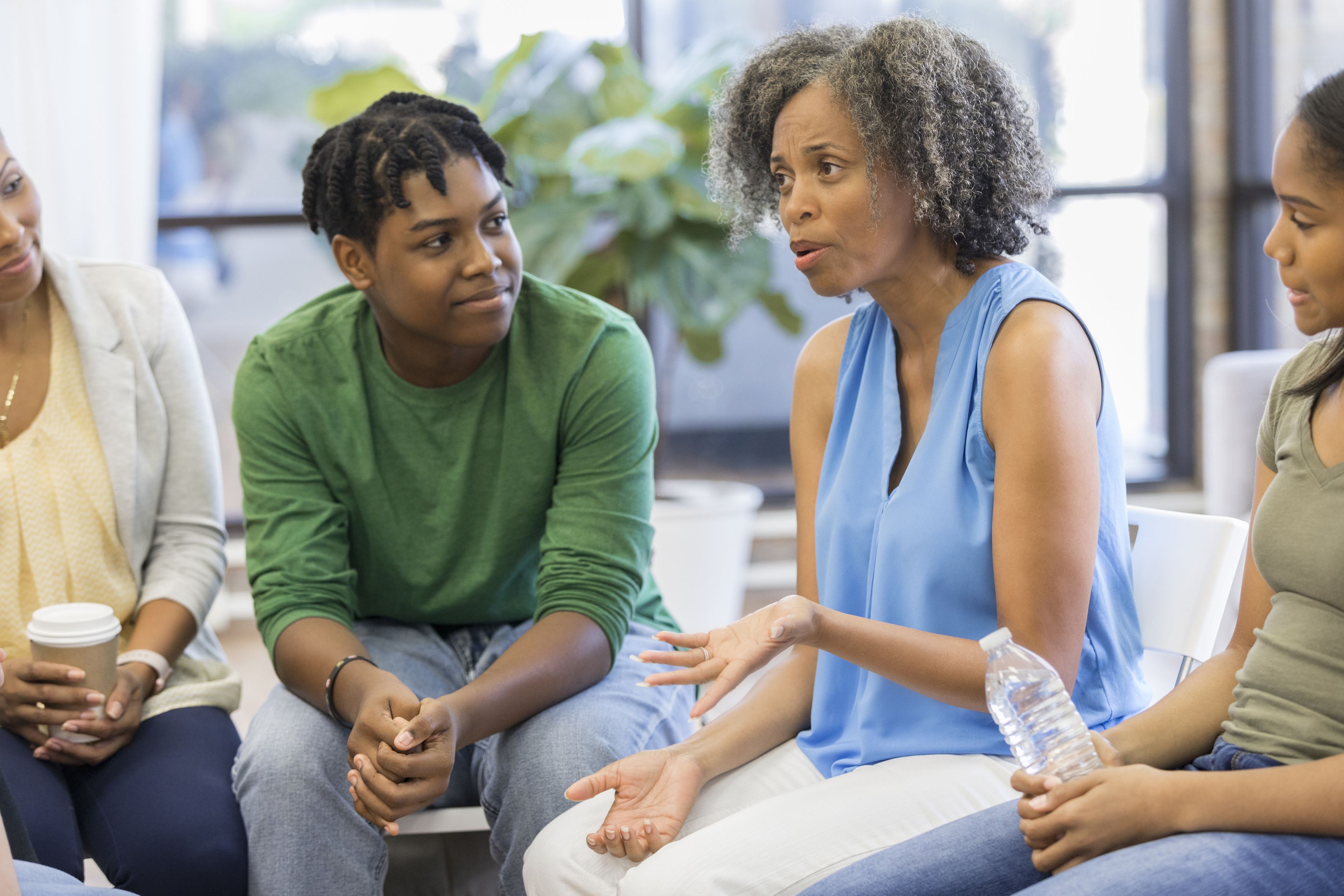
Incorporating health and wellbeing into housing developments
Dr Caglar Koksal
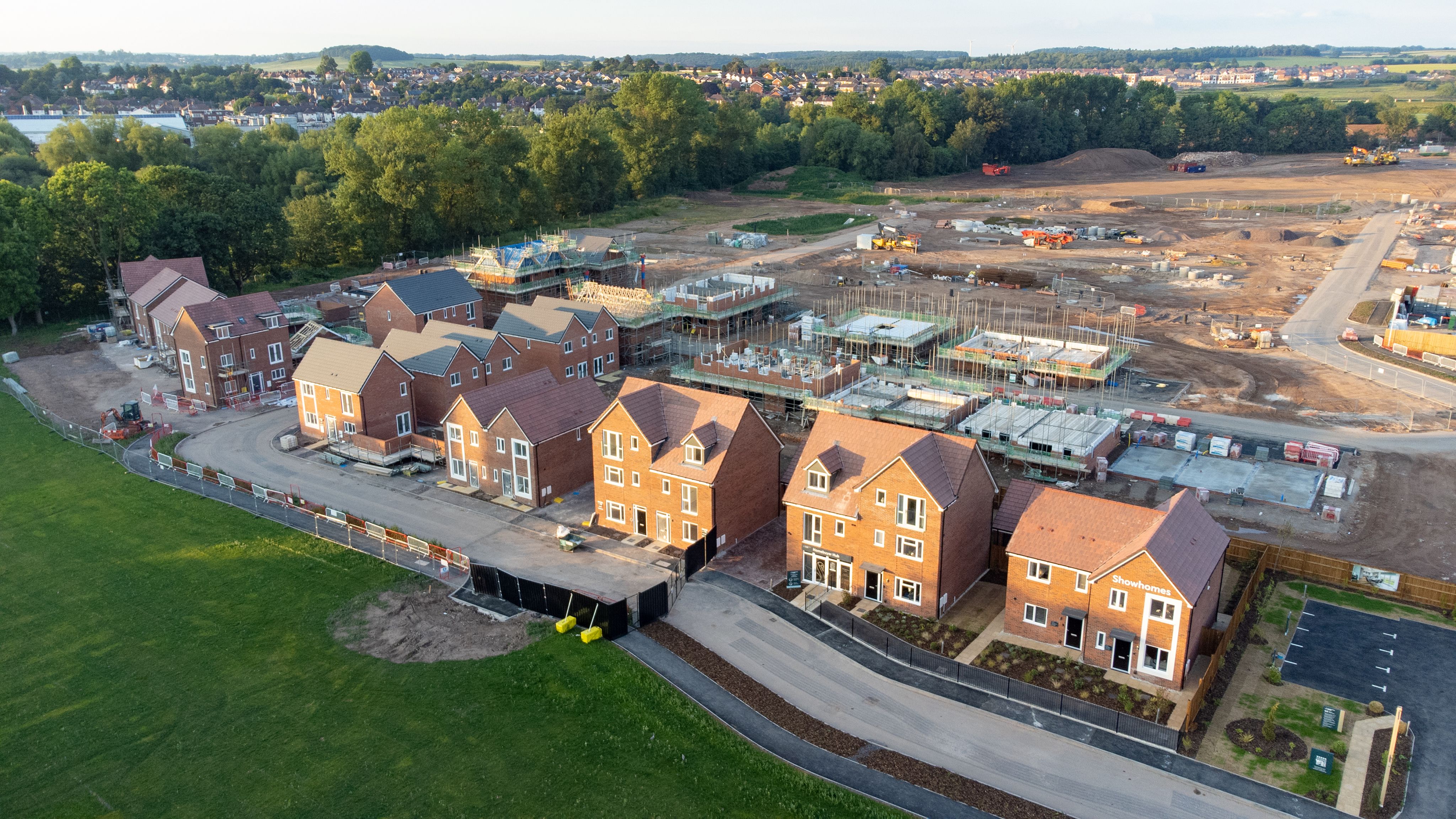
The impact of housing on health and wellbeing is now widely recognised. Good quality, affordable housing improves personal and social wellbeing, creates sustainable communities that attract investment and jobs, and can reduce our carbon footprint and improve the environment. However, delivering healthy homes still remains a big challenge. It requires urgent action involving all sectors of the built environment, but how can we rise to the challenge and create homes and places where it is possible to live a happy, healthy life?
Housing and health inequalities
The COVID-19 pandemic has exposed how housing inequalities can inhibit the capacity of households to adequately respond to lockdowns and changed patterns of work and leisure. Overcrowded households, defined as having more than one person per room in a household excluding bathrooms and kitchens, is a major factor for the spread of COVID-19. Poor house ventilation, which is a major cause of indoor air pollution and already has a disproportionate impact on low-income houses, is another major factor driving the virus’s spread. The quality of design and the built form as a determinant of health and wellbeing have a lot of potential to improve health and wellbeing if the quality of buildings and open spaces is high. Good housing is key, but the planning for the area must also allow better access to employment, leisure and recreation opportunities to positively impact health and wellbeing.
Unhealthy homes and neighbourhoods
The UK doesn’t have the best track record of high-quality house and neighbourhood design conducive to healthier lifestyles. Far too many new housing developments are car-dependent, lacking sustainable modes of travel or adequate open and recreational space. They are often not walkable and have a poor sense of place, leading to unattractive and unfriendly environments that make it difficult to be physically and socially active, and that don’t support wellbeing and mental health. In fact, the Building Better, Building Beautiful Commission, which advised government on how to promote and increase the use of high-quality design for new build homes and neighbourhoods, found that housing developments of the last century were often less beautiful than that of Georgian, Victorian and Edwardian periods in terms of settlement pattern, place-making, and building design. The National Housing Audit revealed that there are also long-standing inequalities within the housing system, which have led to an uncomfortable trend towards delivering less healthy developments for less affluent communities.
What can housing developers do?
Both developers and local planning authorities need to work together to deliver healthy homes and neighbourhoods for everyone. Developers can incorporate health and wellbeing into housing developments by preventing bad health outcomes such as reducing air pollution, and promoting good health outcomes such as encouraging active travel. By doing so, developers can also contribute to redressing long-standing health inequalities such as increasing accessibility for disabled people. Developers cannot dictate how people should live their lives, but can manipulate the shape of the built environment to remove barriers to healthier lifestyles, discourage unhealthier habits and encourage good behaviour towards happier and healthier lives.
The real estate consultancy Knight Frank found that high-quality housing that promotes health and wellbeing does not necessarily erode returns and, in fact, can provide up to 15% value at the upper end of the market. At the lower end, where financial viability of the project is compromised, long-term investment in the area and close collaboration with local authorities on the matters of planning risk, planning costs, and infrastructure costs can deliver positive public health outcomes. For example, a mixed-use development delivering strong place-making and retail environment can bring huge return on business rate and council tax revenues for the council, which could justify some level of public subsidies to deliver health benefits in challenging locations.
The role of local authorities
However, the onus is on local authorities to set high health and wellbeing aspirations for housing developments. Judging by the most recent large scale housing developments and when the demand for housing remains exceptionally high, developers have very little incentive to promote health with their schemes. The primary concern of most house builders is to deliver profits for their investors. However, local authorities can motivate and inspire developers to work together and create healthier places. For example, local authorities can ask all major developments to demonstrate a health net gain with their development, provided that local evidence substantiates such a requirement. If a development demonstrates health net gain, for example, the local authority can grant an accelerated planning permission, which would lead to huge cost savings and contribute positively to the viability of the proposal. Health net gain can be adaptable to locality and it could refer to any acute local health issues such as respiratory diseases or obesity.
Furthermore, local authorities can set robust design standards, which are now strongly supported by the National Planning Policy Framework, to positively influence design quality. These could include a well-connected network of attractive, safe, convenient transport corridors with separated pedestrian and cycle routes, high-quality open and recreational green spaces, and decent homes built to the highest standards, such as BREEAM of which health and wellbeing are part.
Delivering healthy homes and high-quality neighbourhoods requires a strong steer from local leaders, who are responsible for establishing a unifying vision for their area and helping planning departments and public health teams inside local authorities work together to implement the shared vision. At a minimum, local authorities’ corporate strategies should outline how they address local health and wellbeing needs with the help of their housing strategies.
This article was originally published in Building Utopia, a collection of thought leadership pieces and expert analysis on urban development, published by Policy@Manchester.

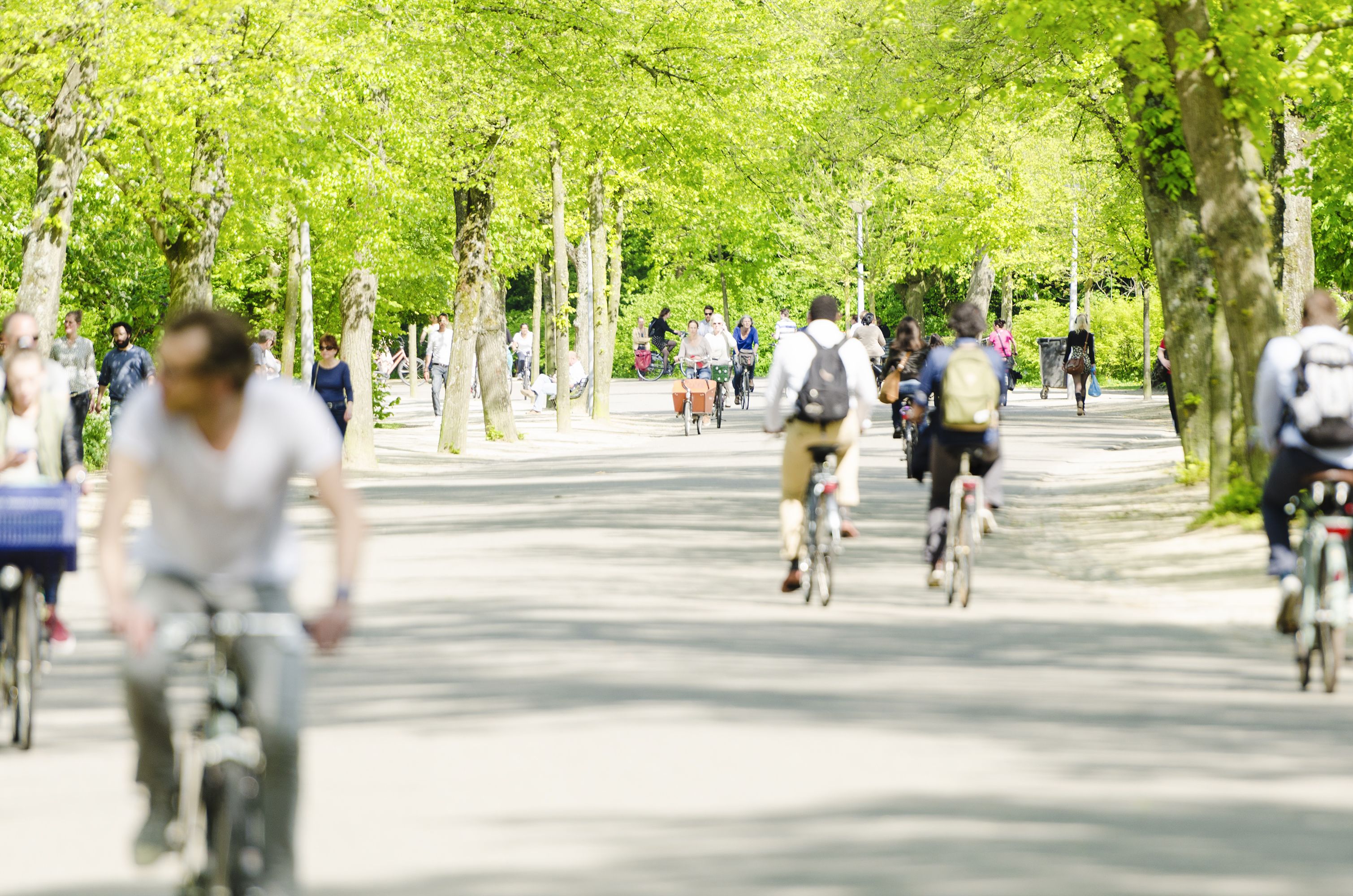
Improving air quality in urban areas
Professor Sheena Cruickshank
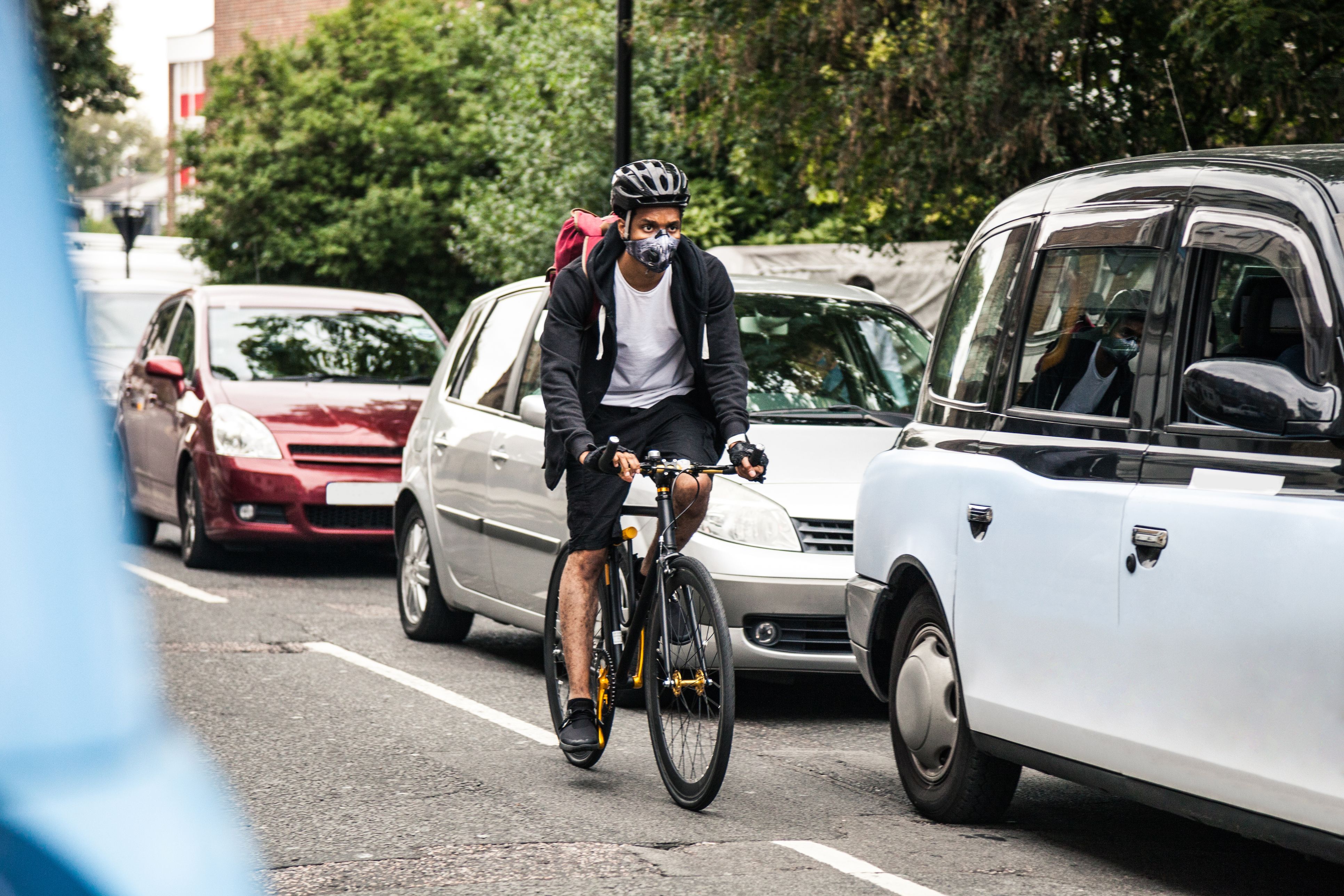
Rapid urbanisation has led to large numbers of people that live in or very close to hotspots for poor air quality – resulting in chronic exposure. Such poor air quality also exacerbates inequalities as low-income communities often live in areas with the highest levels of exposure. There are multiple sources of air pollution, with traffic emissions being a major component; for example, engine exhaust fumes, and brake and tyre debris. Approximately 30% of particulate matter in European cities comes from road transport. Burning of refuse is another important urban source, and these multiple sources release harmful pollutants. Biological components are also found in the air, such as fungi, bacteria and pollen, and the reactions of these biological particles with chemical pollutants is thought to be more reactive for the body, altering immune function.
Reducing traffic emissions and encouraging active travel
I and fellow researchers at The University of Manchester have done research in Ardwick, a busy community in Greater Manchester, to investigate and understand the impacts of pollution on residents’ everyday lives. Dialogue with such communities is key for understanding their perspectives as to local sources of pollution, their barriers to using more active transport measures, as well as enhancing education and awareness of pollution and its risks.
Our research with Ardwick residents and other research at The University of Manchester, co-developed with elderly residents, revealed major barriers to walking were a lack of benches and public toilets. Similarly, there is a need for wider paths so that wheelchairs and prams can use them safely. We also identified community concerns about cycling due to fears of the roads, concerns that drivers have a lack of awareness about cyclists, and crucially a lack of education about safe bike use for children and adults. These concerns could be readily addressed using separate dedicated bike lanes, places to park or store bikes safely, and lessons promoting cycle safety and awareness for all road users.
An effective way to capture local context and knowledge is to work with the community to train and develop community-based researchers. These researchers should be drawn from the different social networks in the community, such as residents’ associations, church groups, women’s groups, school and allotment societies, to ensure diversity and enhance reach. The researchers can then act as a hub to gather, interpret and link information. Citizens’ assemblies and community group discussions are also useful approaches to disseminate information and gather views. To be mindful of differing literacy levels and languages, we have also employed the use of visual notes during community discussion sessions in local areas to both capture ideas and share them in a more accessible way with residents and policymakers.
Increasing green spaces
Careful thought should be given to planting in urban areas as plants can be an important source of pollens, causing and dangerously worsening allergy and asthma symptoms. Often developers prefer to plant male plants as only the female plants shed fruit, seeds and pods that may be perceived as unsightly or unhygienic if left to rot. However, male plants produce pollen and an over-abundance of male plants will dramatically impact air quality. Planting a mixture of both male and female plants can reduce such risks of over-abundance.
As well as being aesthetically pleasing, plants can help reduce the local impacts of poor air quality. Trees and plants can filter pollutants via their leaves and disperse large concentrated areas of pollutants. However, trees are a source of volatile organic compounds (VOCs) and in areas that are highly built up it has been found that they can actually trap and worsen levels of pollutants. In built-up areas with narrow streets or high rises, more hedges and living walls should be considered. Thought should be given to maintaining and promoting biodiversity of plants, insects and animals. As well as large parks, the inclusion of multiple small green spaces, including small gardens, green roundabouts and roadside verges can all contribute to enhancing the local air quality and promote wellbeing.
Green spaces and wellbeing
Green spaces enhance wellbeing and are useful hubs for communities. However, these need to be easily accessible and appropriate for the primary uses of the residents. For example, a family area may be best suited to having a play-park rather than a more decorative park, whereas the latter might be more appropriate for retired people who might dislike the noise from children’s parks.
It is important to foster a sense of community ownership for green spaces to ensure they are well maintained and used. Our work showed that the local allotment and orchard are valued inclusions to the area and the allotment acts as a major social hub supporting many community initiatives. Understanding the social networks within a community and their requirements will also ensure such initiatives are maintained to a high standard, adding to appeal of the area. For example, orchards require people to use and pick the fruit to avoid problems with fruit falling to the ground, rotting and attracting pests. Links to community hubs such as churches, foodbanks or community centres may enable excess produce from allotments and orchards to be given freely to residents.
Community engagement
Community engagement is key to getting it right and truly improving an area. Consultation with communities to define issues such as schools that have poor air quality which can be targeted with action for improvement, for example, using tools developed in The Clean Air for Schools Framework. Similarly, planning the roads and green spaces around schools can enhance the air quality.
It is crucial to measure health outcomes for residents. Having a working group looking specifically into health and wellbeing in an area could find key issues that could help Public Health departments to tackle big health inequalities as well as building these considerations into shaping urban planning.
Residents need to feel heard and be part of the change journey. Liaison officers acting between organisations are useful ways to get to know residents but it is also good to bring in paid community members to bridge the gaps between the liaison officer and the community. Creating a sense of place, pride and ownership helps foster a thriving and connected community that looks after the area. For example, residents could help choose plants and be involved in planting and maintenance. Opportunities to incorporate artwork and other visual assets that relate to the area and its history are excellent. Reaching out to and commissioning work from local groups and artists to run community workshops might be beneficial to ensure the identity of the area isn’t forgotten or overlooked, and instead becomes a feature.
Only by working with communities can we understand and define their needs to create healthier, greener spaces and improve air quality for all.
This article was originally published in Building Utopia, a collection of thought leadership pieces and expert analysis on urban development, published by Policy@Manchester.



Air pollution: a place-based community-centred approach
Professor Sheena Cruickshank

Air pollution is increasingly acknowledged as a major risk for human health. While its effects on the severity and incidence of lung conditions such as asthma have been widely recognised, the impact of air pollution on respiratory infections is often less appreciated. Research shows this has disproportionate effects on different areas of society: low-income communities face increased exposure to air pollutants and increased health risks. In this article, we outline what is currently understood about the health impacts of air pollutants on respiratory infections and propose how we can engage at-risk communities to develop our understanding and build a resilient solution to the air pollution problem, reducing risks and outcomes on health and the economy.
Air pollution is a healthcare problem
Exposure to air pollutants can cause damage to the body’s cells, generating harmful free radicals that can in turn impair or alter the function of the lungs and immune cells within the lungs. This decreases our body’s ability to fend off respiratory infections such as cold viruses, influenza and SARS-CoV-2 (COVID-19). Fine particulates, or particulate matter (PM), are associated with significant health risks. Studies in China have shown that at least 10% of influenza-related hospitalisations were due to exposure of PM2.5 pollutants (particulate matter smaller than 2.5 microns i.e. over 40 times smaller than the width of a human hair). Similar trends have been seen in England, where exposure to PM2.5 pollutants is associated with a 12% increased risk of severe complications in COVID-19. As well as particulate matter, exposure to NO2 and ozone have demonstrated a negative effect on immunity to respiratory infections. In addition to the direct effects on our bodies, studies indicate that air pollutant particulates can act as a “highway” promoting the transmission of viruses such as SARs CoV-2. Such observations highlight the urgent need to reduce the incidence of air pollution that heightens both the severity and transmission of respiratory infection. Research is ongoing to grow our understanding of this link, however to successfully understand and combat the air pollution problem, we must meaningfully engage the communities that face the greatest pollution exposure and resulting health impacts.
The disproportionate effect of air pollution on low income communities
Reports tend to focus on the harmful impacts of air pollution on the elderly and very young, however, it is increasingly evident that there are major disparities in which groups of the population have the highest exposure to the worst pollution. Communities with lower socioeconomic status tend to exhibit the most risk factors for health which collectively impact on life expectancy. These communities also often experience much higher exposure to air pollutants. As a result, low-income communities experience major health disparities driven by these and other mutually reinforcing socioeconomic and environmental factors.
Despite this unevenness in exposure and risk, we still don’t fully understand what pollutants communities are exposed to and the individual factors underlying susceptibility to health problems. Projects such as the Manchester Urban Observatory and citizen science-based projects such as Britain Breathing that map respiratory symptoms to time and geolocation, are tools that can be employed to start bridging such gaps in our understanding. These initiatives should be expanded and championed as useful tools that provide accurate on-the-ground information, while engaging and educating the affected communities.
Researchers should also seek to utilise members of these communities to help inform and guide their research into the sources and effects of air pollution. The University of Manchester project Researching Age-friendly Neighbourhoods is an excellent example of effective community engagement in research. Community members were trained as co-researchers and played leading roles in the key sections of the research project – helping to design, deliver and disseminate the research. Employing members of the communities in this function helped develop tangible outcomes rooted firmly in the needs of the community: applying this methodology to research surrounding the air pollution problem is likely to yield similar benefits.
Additionally, a co-benefit of establishing these meaningful partnerships in research and in developing solutions, is building trust within often marginalised communities. This can help promote future healthcare initiatives as well as help address root causes of pollution in the neighbourhoods.
Engaging local communities to promote successful health initiatives
While community engagement has many benefits, the worst-affected communities are often not involved in attempts to address the social inequalities linked to poorer health outcomes. This can lead to a perception that interventions at a community level are ‘done to’ communities, often resulting in mistrust from the same communities that the interventions are seeking to help. The severe and unequal impact of COVID-19 is a pertinent example of this. Areas of lower socioeconomic status have death rates that are doubled compared to areas of higher socioeconomic status, yet residents in these areas are less likely to take up protective vaccination. A poll conducted by the Royal Society for Public Health showed that just 70% of the lowest earners were likely to say yes to a vaccine for COVID-19.
Place-based, community-centric projects are critical to work with and within communities to investigate root causes of pollution-related issues and co-create solutions. Although recent steps to fund such partnerships have been made by UKRI and more recently the Welcome Trust, these tend to be short term. Moreover, they don’t provide adequate funding for community engagement and thus are limited in their impact – it can take years to build the trust necessary for an effective partnership. Short-term initiatives don’t always create the legacy needed to affect long-term change further amplifying mistrust. Our work funded by ESRC in the LOOPER project and now UKRI via the pilot place-based research initiative in Brunswick has revealed major concerns about air inequality and health alongside mistrust of institutional motives within the community.
Supporting, developing and enabling community-based champions who have the social networks and reach to exert change is one way to help bridge the gap. Giving such voices a meaningful role within decision-making processes can help keep community needs at the centre of proposed interventions, thus helping to build trust and improve engagement. Unfortunately, current funding models rarely allow for this to any longer-term extent. The British Science Association Community Leaders Programme – which trains individuals to become science ambassadors in their communities and supports them in developing long-term science engagement projects – has been effective in building engagement with communities that historically have been hard to reach. However, the programme does suffer the drawback of finite funding.
An alternative model for meaningful partnerships between local government and marginalised communities could come from The Camden Citizens’ Assembly on the Climate Crisis. The Assembly, led by the Camden Council, brought together over 50 randomly selected residents of Camden to develop an approach for how Camden can best tackle the climate crisis. It should be a policy priority of local authorities to expand and replicate such programmes that empower residents of marginalised communities to help guide positive change, developing solutions to problems such as air pollution and building community trust.
With COVID-19 accelerating the social-economic divide, there has never been a more critical time to support community-centred research that upskills, empowers and listens to the residents to drive policy changes and affect positive action. Community champion roles and long-term funded partnerships between communities and local authorities can help to involve members of the communities facing the highest exposure and health impacts from air pollution. This meaningful engagement can help build trust with marginalised communities and is essential to allow us to fully understand and solve the problem of dangerous air pollution.
This article was originally published in On Air Quality, a collection of thought leadership pieces and expert analysis on how to tackle air pollution, published by Policy@Manchester.
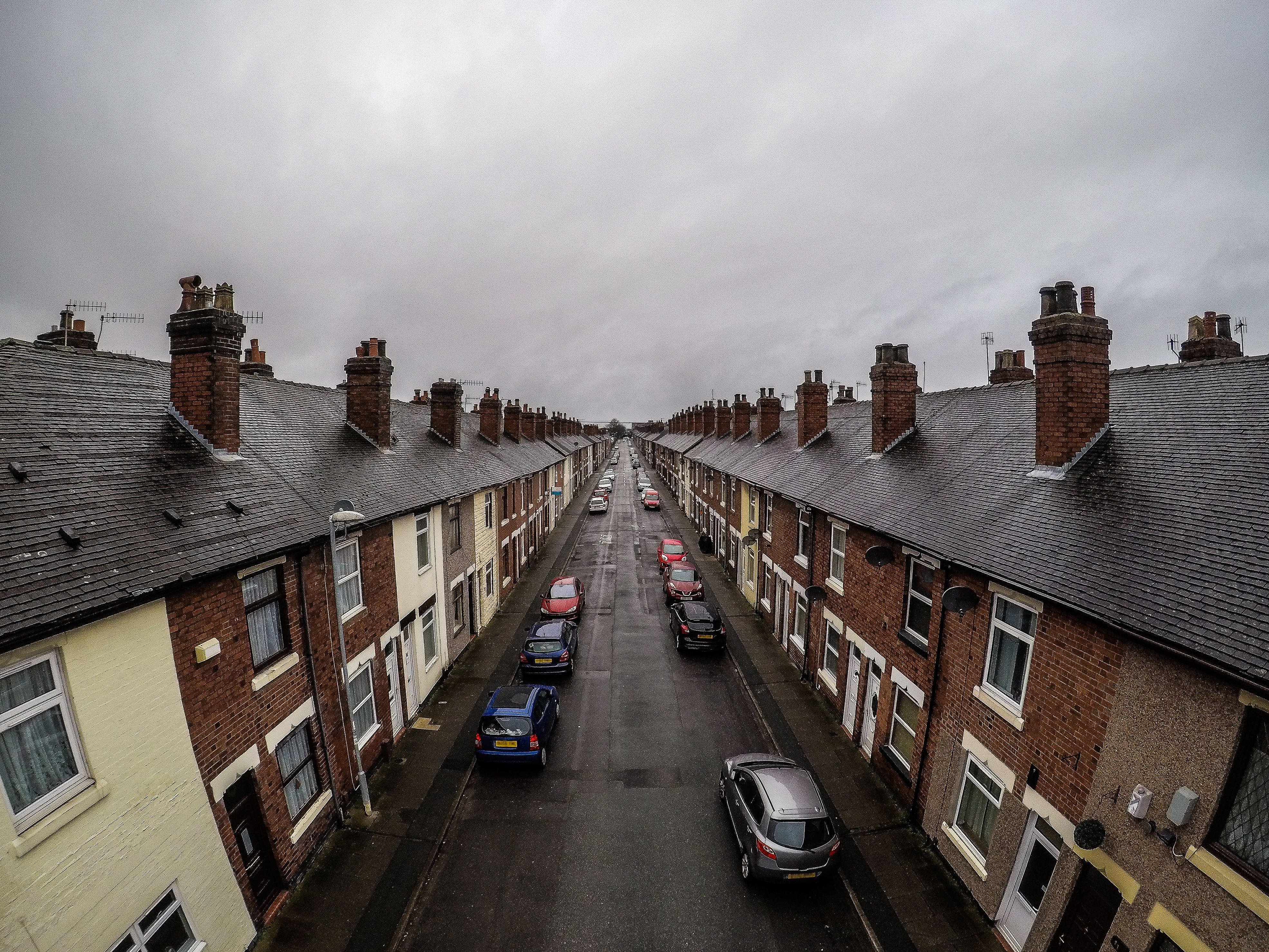

No quick fix: the long-term needs of sexual assault survivors
Dr Laura Watt, Professor David Gadd, Dr Maria Pampaka, Dr Filippo Varese, and Dr Rabiya Majeed-Ariss

In the UK around 50 Sexual Assault Referral Centres (SARCs) provide support for survivors of sexual violence. Largely operated by the NHS, they offer medical, psychological and legal assistance for victims. While centres like these can be excellent at meeting the immediate needs of assault victims, how well equipped they are to deal with the long-term needs of survivors is less known, and are not well recognised in government policy or well documented in recent research.
"Around 1 in 5 women will experience sexual assault at some point in their life."
Between 2019 and 2022, with funding from the Violence and Mental Health Network, we created and piloted a questionnaire designed to learn more about what sexual assault survivors need in the longer-term so that services can be better equipped to deal with them. The self-report questionnaire is accessed online and is designed to be completed at multiple time points – three, six and twelve month intervals following an assault – so that changing needs can be tracked. It asks respondents about the affects they suffer from the assault, what types of support would be helpful to them. It also measures their mental health using widely accepted measures of anxiety, depression and Post Traumatic Stress Disorder (PTSD).
Despite a small sample of 18 respondents, constrained to some degree by the impact of the pandemic, initial results confirm the need for further research and interventions that address sexual assault survivors’ longer term needs. Three months after the assault:
- 13 of the 18 respondents suffered from moderate or severe anxiety, 7 of which suffered from severe anxiety
- 15 suffered from moderate or severe depression
- 7 had both severe anxiety and depression
- 12 had Complex Post Traumatic Stress Disorder (CPTSD), all of whom also had both moderate or severe anxiety and depression
Based on these results, it is unsurprising that, when survivors were asked what support would be ‘essential’ to them, they rated ‘emotional and psychological support’ the highest. Over two thirds said psychological support through counselling was essential and wanted emotional support specifically during the court process. Support in the legal process features routinely in the long-term needs of sexual abuse survivors because court hearings typically take several years.
Another key long-term need is support in stopping further abuse. Half of the sample had been sexually assaulted more than once, and just over a fifth had suffered attacks at least ten times. It is no surprise then that, when asked about the specific effects of the assault, 78 per cent cited frequent fear of being assaulted again. Other commonly cited consequences were ‘anger’ (67 per cent), ‘difficulties with sexual intimacy’ (56 per cent), ‘avoiding travelling alone’ (50 per cent), ‘problems with physical health’ (44 per cent) and ‘avoiding family and friends’ (44 per cent).
The vast majority – 85 percent of the sample – who had accessed support from the Sexual Assault Referral Centre said they were ‘very satisfied’ with the service they received. Assessments of other sources of organisational support were more mixed. Nevertheless, the question remains whether SARCs are well equipped to deal with the ongoing issues that survivors of sexual assault have to contend with, in particular complex psychological ones. There can be no quick fix for victims of sexual abuse who need ongoing support to redress emotional needs that are amplified both by legal processes that rarely secure convictions and by the ongoing threat of repeat victimisation.
While our study gives some insight into the type of long-term support sexual abuse victims need, it also shows just how difficult it is to gather survey data about these needs. The questionnaire we designed is a powerful tool that service providers are welcome to use to assess whether the needs of those they serve are being met. However, recruiting representative samples of sexual assault survivors – a population which is both vulnerable and largely hidden – is incredibly difficult. Considerable care needs to be taken to maximise inclusivity among prospective participants who are often unable to decide whether to engage with research in the aftermath of trauma. Service providers and researchers must work together to overcome these difficulties so that long-term needs can be tracked, and the appropriate support given to those who need it.
Supporting sexual assault survivors
We make the following policy recommendations utilising the responses gathered from our questionnaire.
- The needs of sexual assault survivors are varied and complex. Local Authorities must invest in coordinating the efforts of the various actors involved in meeting those needs. These include health and social care services, the criminal justice system and the Voluntary, Community and Social Enterprise (VCSE) sector. We are delighted to see such an approach adopted in the Greater Manchester Gender Based Violence Strategy.
- Psychological and social support must be provided for survivors before, during, and after the court process, meaning this support could extend for several years.
- Services offering support to survivors must anticipate the ongoing threat of further victimisation client groups face and have strategies in place to maintain contact with those at risk.
- Further research into the long term impact of sexual abuse on victims’ health, wellbeing, and everyday lives must be funded. As our study has shown, conducting research in a sensitive, confidential manner, that respects and protects participants, can only be achieved through sustained collaborations between researchers and those providing frontline services for survivors.


Institutional abuse and neglect
Time for policy and regulatory reform?
Dr Kirsty Keywood and Margaret Flynn
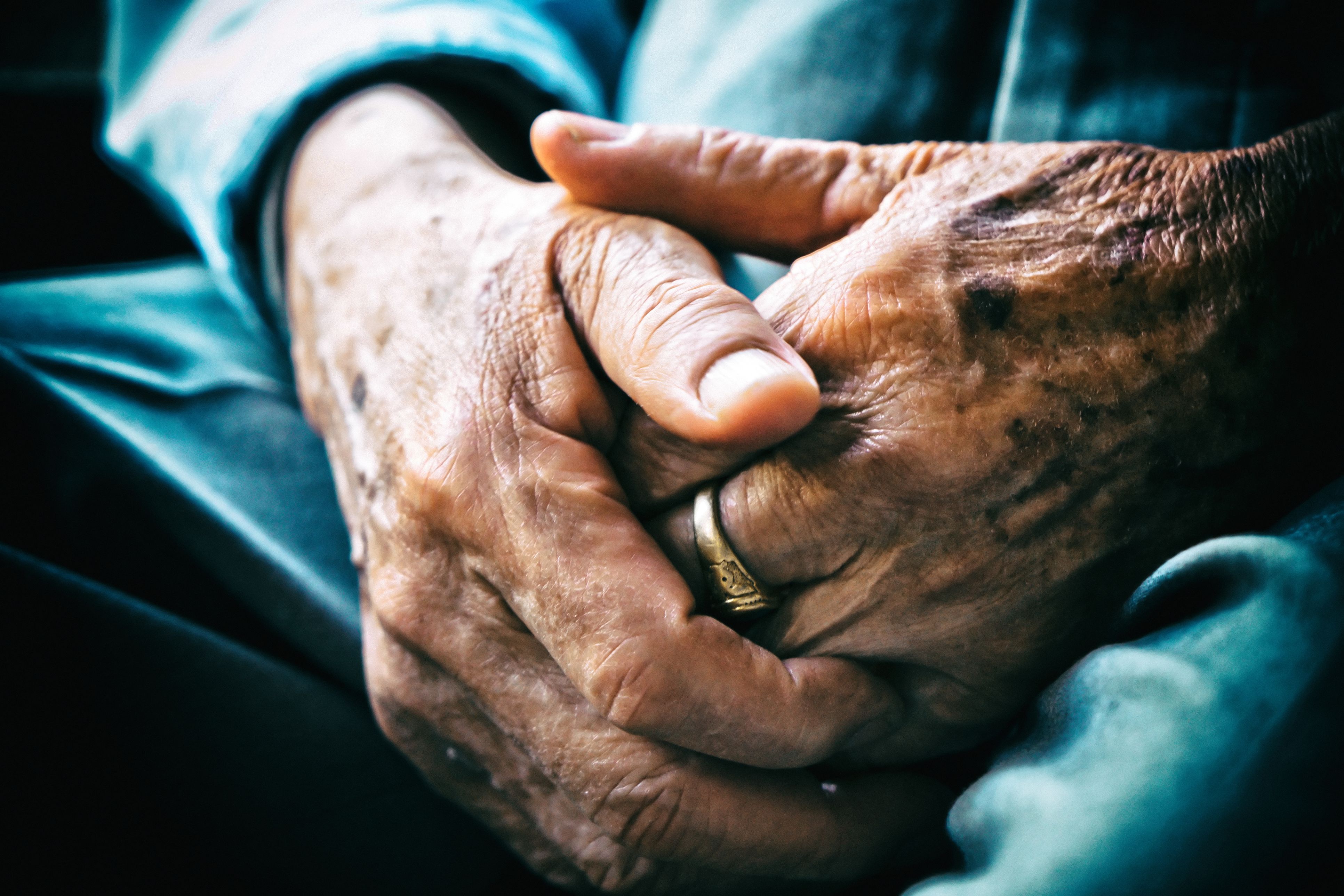
In December 2021, documentary series Panorama broadcast a programme outlining the damaging impact of profit-driven care companies on care provision for older people. This was foreshadowed by academic research 20 years prior which identified an association of poor outcomes with private-sector care. In 2019, data from the Institute for Public Policy Research and Future Care Capital found that 84% of beds in care homes were owned by private companies.
“Current quality oversight processes are not always robust enough to identify poor standards of care particularly in relation to people’s physical wellbeing and quality of life.”
Regulating Profit-Making in Institutional Care
As a consequence of the downward squeeze on local authorities’ revenue spending, these companies have increasingly relied on ‘self-funders’ to remain in business. The profit-driven marketisation of care homes is characterised by the Chair of the Health and Social Care Select Committee, as the “unacceptable face of capitalism”. Since the Panorama broadcast, a number of organisations have called for care to be provided by not-for-profit organisations. The actions of the private sector in health and social care generate concern in light of scandals in private care homes and hospitals such as Cawston Park, which resulted in the deaths of three adults with learning disabilities; Winterbourne View where 11 staff members were convicted of offences of ill-treatment and wilful neglect; and Whorlton Hall, where nine members of staff are due to stand trial in 2023 for ill-treatment and wilful neglect.
Since corporate structures in the care sector are complex and likely to be fragmented, it is increasingly difficult to identify all corporate bodies that derives financial benefit from neglectful or abusive care provision. This poses very significant difficulties for the CQC. It is unable to take enforcement action or investigate multiple providers which are owned by separate legal entities, regardless of whether they are closely connected. Life-altering abuses and neglect are often found at multiple care homes of providers owned by the same company, such as in the case of Operation Jasmine in South-East Wales and Atlas Homes in Devon.
However, financial transparency is not presently required under the CQC’s regulatory scheme, even though immediate implementation of this by the Department of Health and Social Care was strongly advised by the Equality and Human Rights Commission in 2020. Although the CQC has powers to determine the financial efficiency of many NHS Trusts and the financial viability of large, independent sector adult social care providers, its assessments do not currently permit a focus on or consideration of the financial gains secured by providers, their shareholders or their parent companies; or the extent to which companies’ assets and resources are moved beyond UK jurisdictions.
Relatives: The undervalued regulatory agents
The CQC relies on strategies of registration audit, inspection and enforcement of care standards. Those strategies are reliant on the insights and observations of CQC professionals and inspectors. A lay perspective also informs the work of the CQC in the form of recruiting ‘experts by experience’ in inspections, engaging with family members and residents who report poor and insensitive practices, plus opportunistic discussions with residents and their family members as part of the inspection process.
Elsewhere, health and social care policy expressly acknowledges the crucial role of family members in decision-making, for example the Mental Capacity Act Code of Practice and the Care and Support Statutory Guidance. Although families are critical to safeguarding their relatives, they are used to being distanced and ignored by services that are performing poorly, even though their perspectives in care decision-making are foregrounded in the right to respect for private and family life under Article 8 of the European Convention on Human Rights (G v E (By his litigation friend the Official Solicitor), A Local Authority, F [2010] EWHC 621 (Fam); Glass v United Kingdom 61827/00). Without an understanding of people’s lives, services cannot adopt a meaningful life course perspective, since it takes time and trust to gather information about a person’s life. By creating distance between residents and their families, it becomes difficult to truly integrate health and social care with a rounded understanding of the person.
Knowing residents as loved family members, with roles within and outside their families, is critical to the provision of valued care and support. Families have developed skills, expertise and powerful advocacy over time and yet these are rarely perceived as complementing those of professionals, untrained and unsupervised support workers, or even the ‘experts by experience’ commissioned by the CQC. The confident knowledge of families that things are ‘not right’ often begins when placements are being considered, at the outset of these placements and during reviews when marginalisation is commonplace. Families have a deep desire to demonstrate the worth of their relatives to hospital and care home staff and to ensure that they are not harmed.
An agenda for legal and policy reform
Given our research and experience in informing safeguarding adult reviews, we propose that the following have promise:
- There is impetus for an ethically-informed model of care commissioning such as that advocated by Hudson that takes seriously the commitment to service user dignity, sustainability and community benefit.
- Powers of enforcement and sanction are needed against parent companies that are organisationally, legally and functionally distinct from their care providers. Such powers would significantly enhance the CQC’s current regulation of ‘complex providers’.
- There is merit in expanding criminal law to address the most egregious instances of weak corporate governance; an issue which is currently under consideration by the Law Commission.
- The perspectives of relatives on their loved-ones’ experience of poor institutional care require enhanced recognition in policy and legal frameworks. Significantly increased engagement by CQC with relatives is required to ensure institutional compliance with regulatory standards around safety and service user dignity.
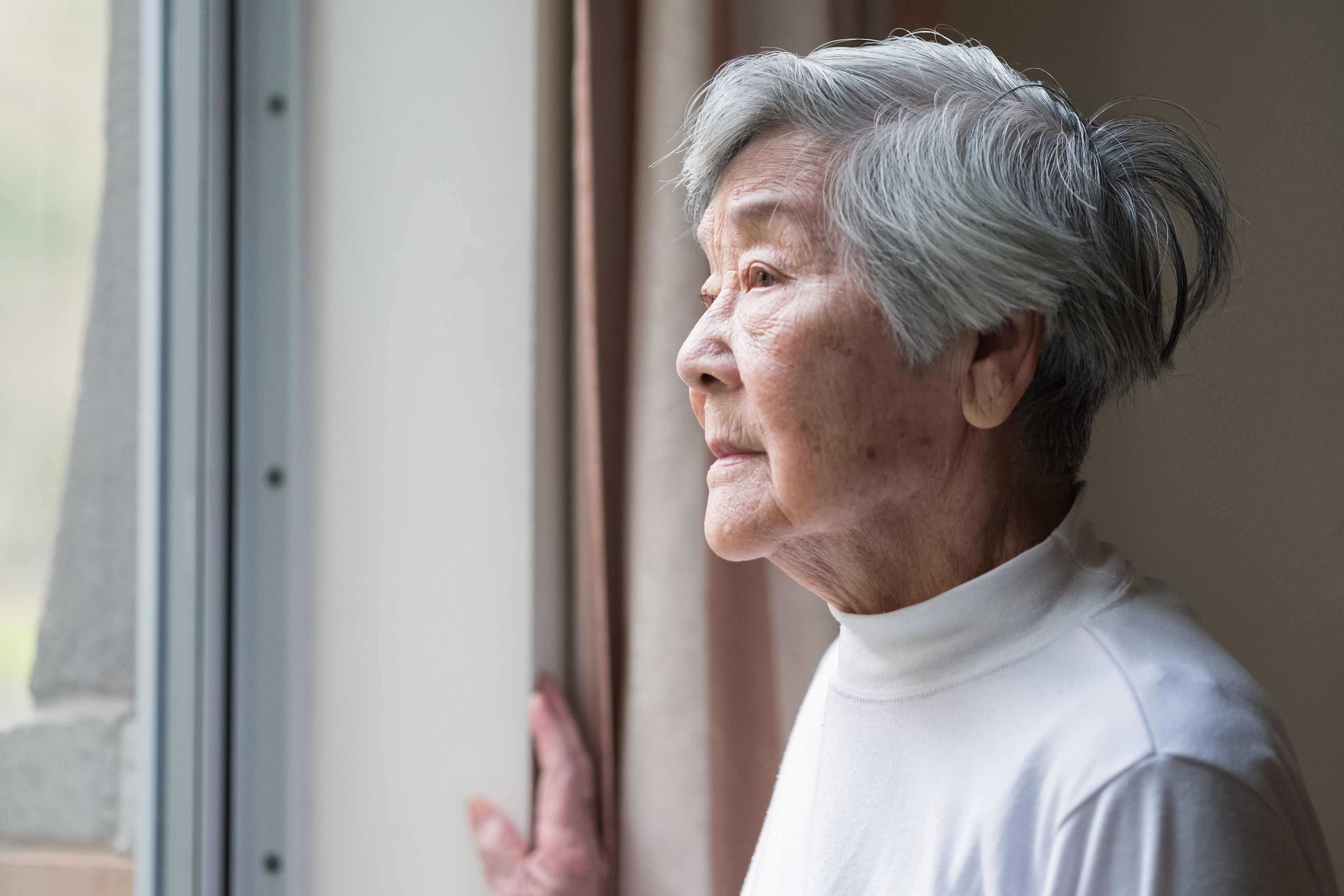
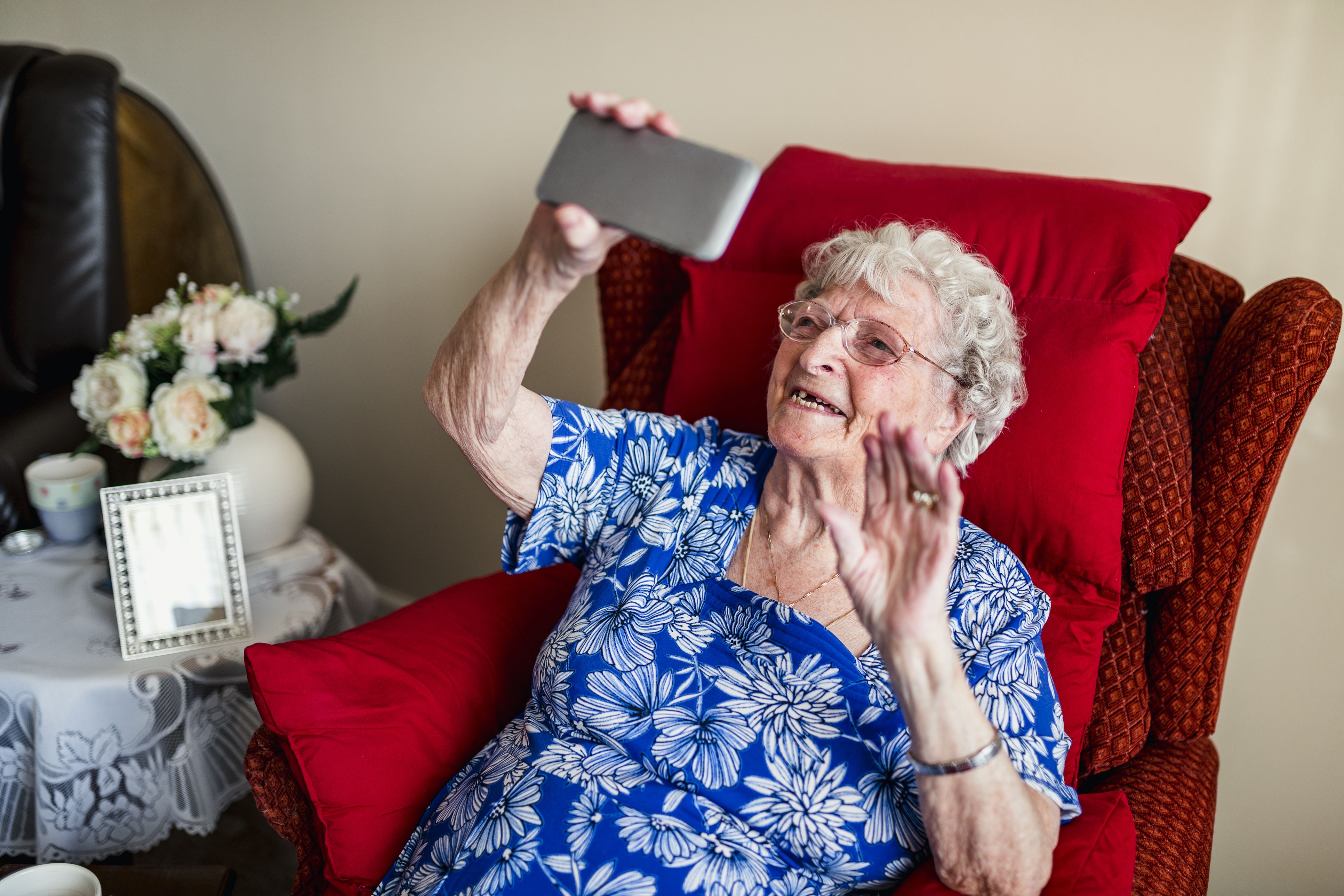
With thanks to our academic contributors;
Omer Ali
Dr Omer Ali is a clinical informatics fellow and junior doctor at Lancashire Teaching Hospitals, and a lecturer in public health at The University of Manchester.
Jamal Alston
Jamal Alston is a Research Assistant working at Greater Manchester Mental Health (GMMH) NHS Foundation Trust on the Culturally-adapted Family Intervention (CaFI) study. Jamal has research interests in reducing mental health inequalities through an intersectional approach.
Sheena Cruickshank
Professor Sheena Cruickshank leads The University of Manchester's Public Engagement with Research activities, and lectures in gastrointestinal immunology.
Elizabeth Dalgarno
Dr Elizabeth Dalgarno is Lecturer in Healthcare Sciences and an NIHR Fellow at the Integrated Interdisciplinary Innovations in Healthcare Science Hub at The University of Manchester.
Dawn Edge
Dawn Edge is Professor of Mental Health and Inclusivity at The University of Manchester’s Division of Psychology and Mental Health, and the University's Academic Lead for Equality, Diversity & Inclusion (EDI) with a specific focus on race and students. Her research focuses on improving health outcomes and reducing inequalities in underserved populations. She is Chief Investigator for a £2.5M National Institute of Health Research (NIHR) funded, multisite study to evaluate Culturally-adapted Family Intervention (CaFI) with African and Caribbean people diagnosed with schizophrenia and related psychoses and their families.
David Gadd
David Gadd is Professor of Criminology at the Centre for Criminology and Criminal Justice in The University of Manchester. He is currently working on two major research projects related to modern slavery and domestic violence.
Kirsty Keywood
Dr Kirsty Keywood is a Senior Lecturer in Law and a member of the Centre of Social Ethics and Policy at The University of Manchester. She teaches and researches the law relating to adult safeguarding and has been involved in a number of safeguarding adult review.
Caglar Koksal
Dr Caglar Koksal is a Research Associate and Lecturer in Planning at The University of Manchester. He investigates how health matters can be factored into the complex urban development decision-making process.
Henna Lemetyinen
Dr Henna Lemetyinen is a Research Associate of the Culturally-adapted Family Intervention (CaFI) study. Henna works in the Research & Innovation department at Greater Manchester Mental Health NHS Foundation Trust (GMMH).
Luke Munford
Dr Luke Munford is a Research Fellow in Health Economics at The University of Manchester. His research has focused on applying econometric and statistical methods to existing secondary data to investigate the wider determinants of health and to investigate the consequences of health.
Maria Pampaka
Dr Maria Pampaka is a Senior Lecturer in Social Statistics and in Manchester Institute of Education and is a co-Investigator on the Development of Measures to Assess the Long-Term Support Needs of Adult Sexual Assault Survivors project.
Pamela Qualter
Pamela Qualter is Professor of Psychology for Education at The University of Manchester. Her research explores child and adolescent peer relationships, including their experiences of loneliness and its impact on mental and physical health and social functioning.
Matt Sutton
Matt Sutton is Professor of Health Economics, joint lead of the Health, Organisation & Economics research group and Deputy Director of the NIHR Applied Research Collaboration for Greater Manchester.
Filippo Varese
Dr Filippo Varese is a Clinical Senior Lecturer in Psychology and an NIHR Advanced Fellow at The University of Manchester. He has researched extensively on the topic of trauma and how it impacts mental health.
Arpana Verma
Professor Arpana Verma is Head of the Division of Population Health, Health Services Research and Primary Care. She is Director of Manchester Urban Collaboration on Health (MUCH), a WHO Collaborating Centre, and an honorary Consultant in Public Health at PHE.
Laura Watt
Dr Laura Watt is a Research Associate at The University of Manchester and a sociology lecturer at Manchester Metropolitan University. Her research is focused on intimate relationships, including how attitudes towards them can be measured via social surveys.
The University of Manchester is advancing our understanding of the world in which we live, addressing inequalities to improve lives.
As we have done for almost two centuries, The University of Manchester is leading the way in addressing all aspects of inequality, from poverty to social justice, from living conditions to equality in the workplace. Bringing together some of the best academic minds in applied medicine, business, law, social sciences and the arts, we’re meeting these challenges head on, creating and sharing knowledge to understand our world and directly change it for the better.
All opinions and recommendations made by article authors are made on the basis of their research evidence and experience in their fields. Evidence and further discussion can be obtained by correspondence with the authors; please contact policy@manchester.ac.uk in the first instance.
Read more and join the debate at: blog.policy.manchester.ac.uk
www.policy.manchester.ac.uk
@UoMPolicy #HealthInequalities
September 2022
The University of Manchester
Oxford Road, Manchester
M13 9PL
United Kingdom
The opinions and views expressed in this publication are those of the respective authors and do not necessarily reflect the views of The University of Manchester.


